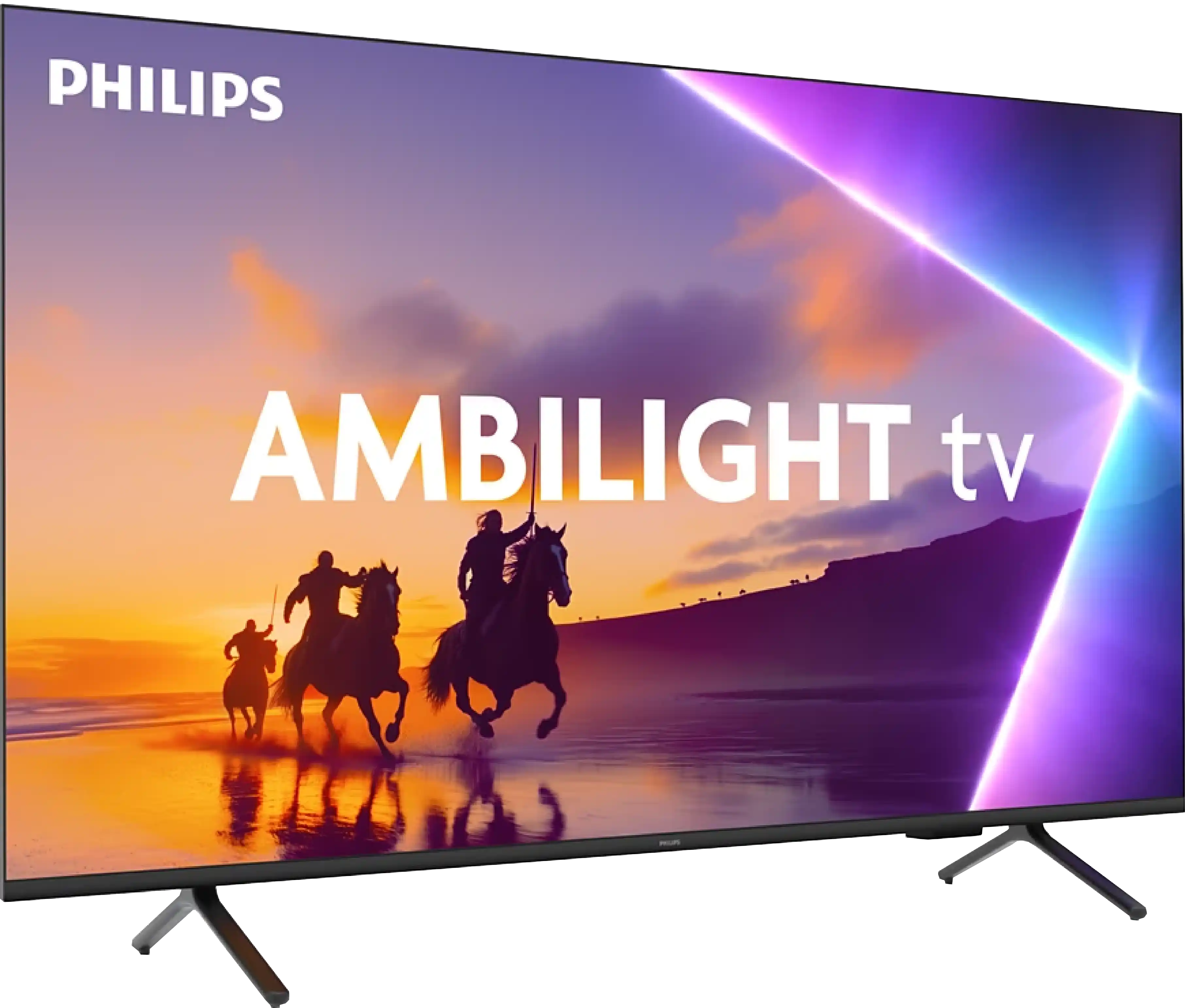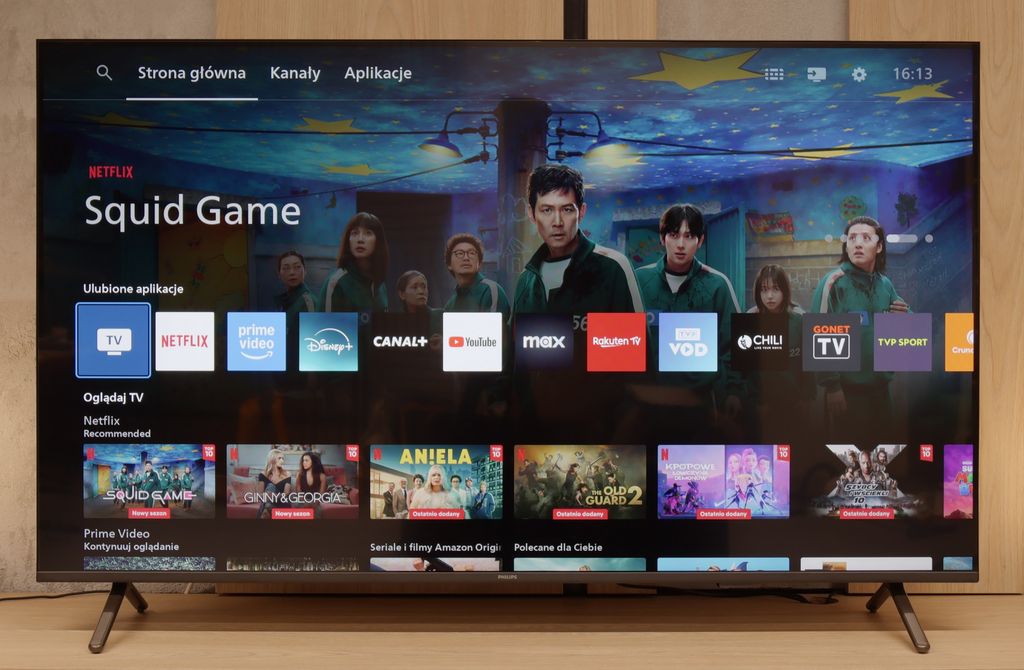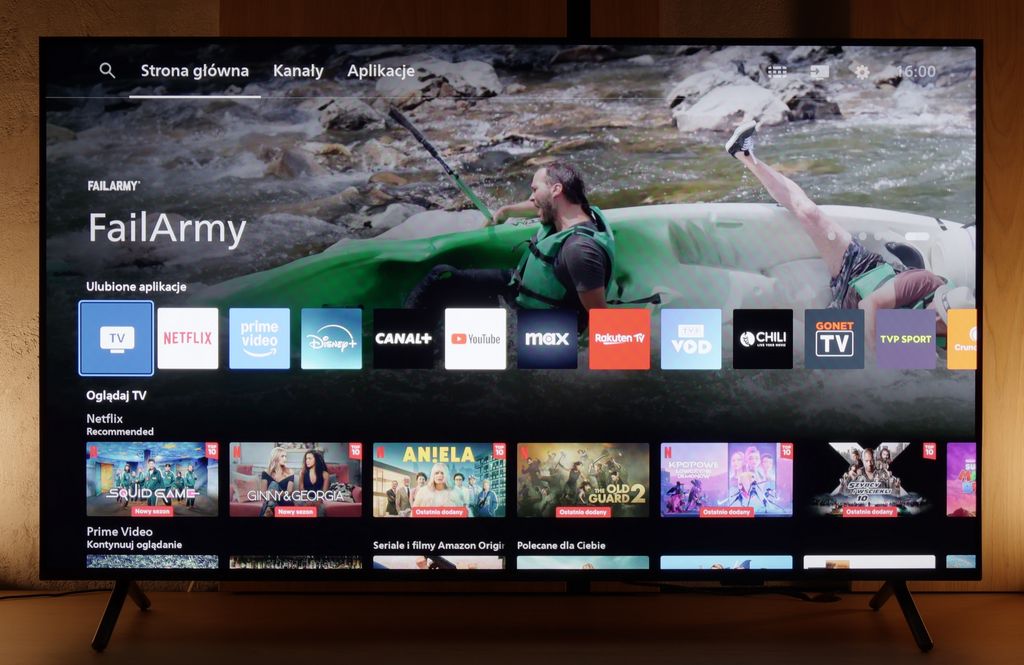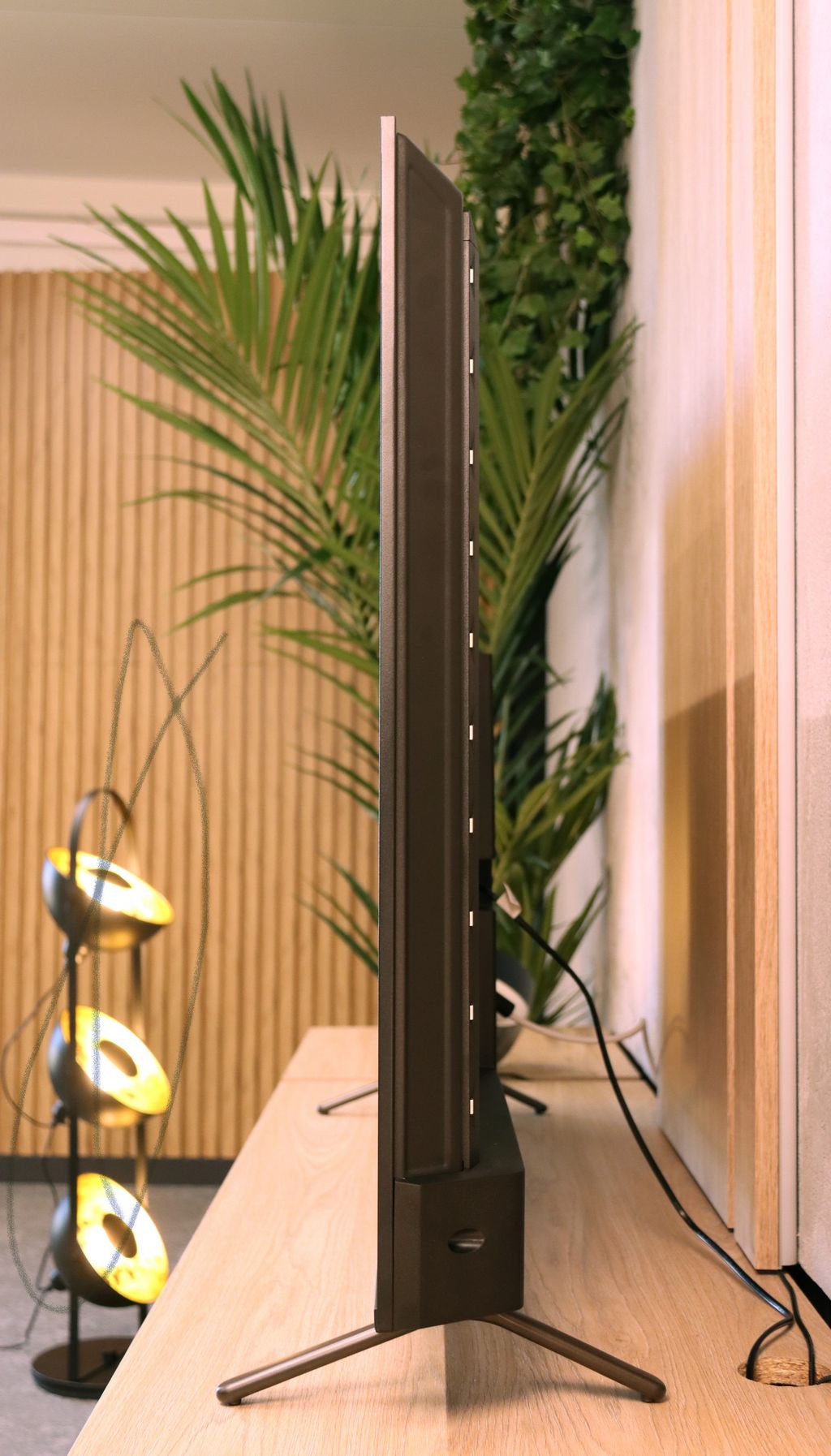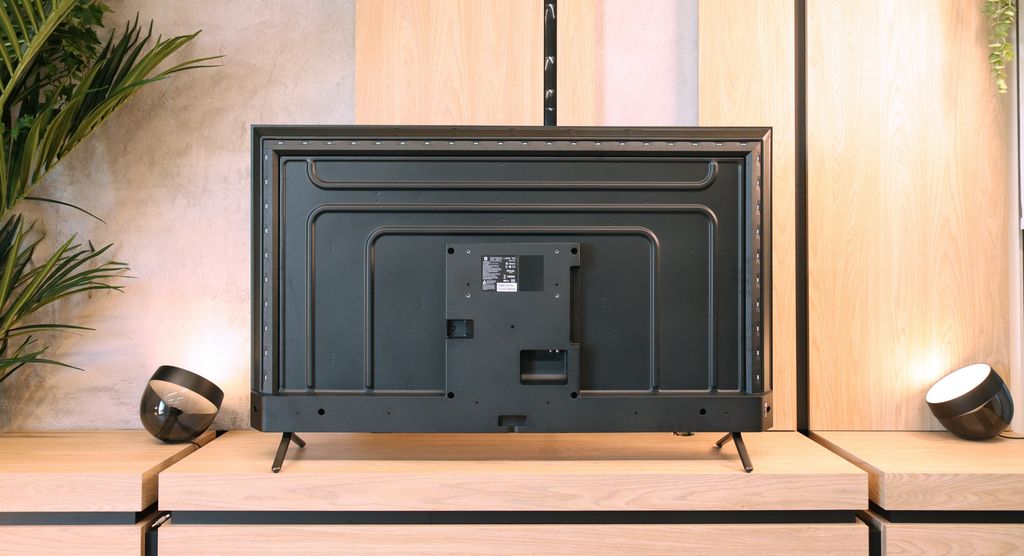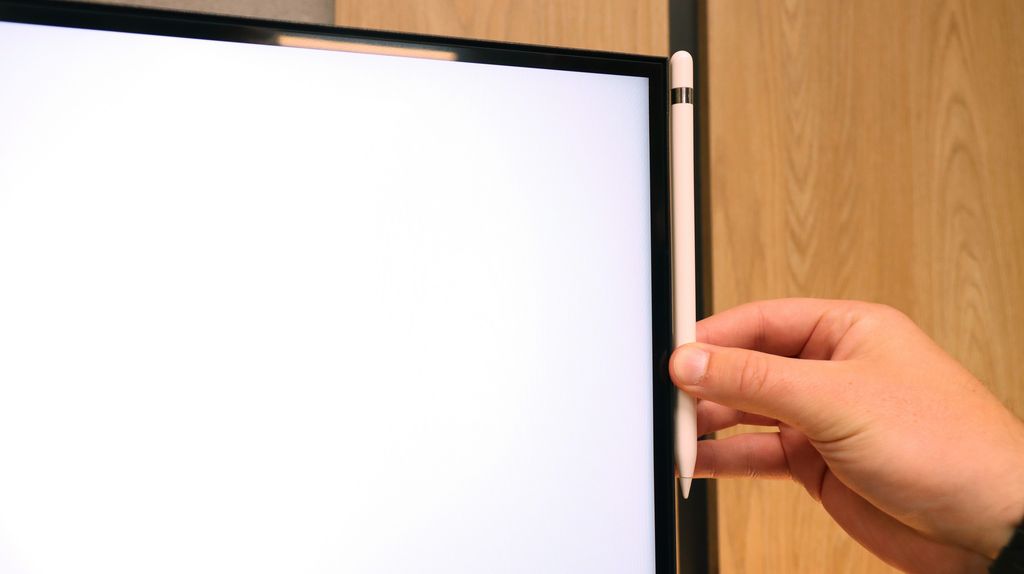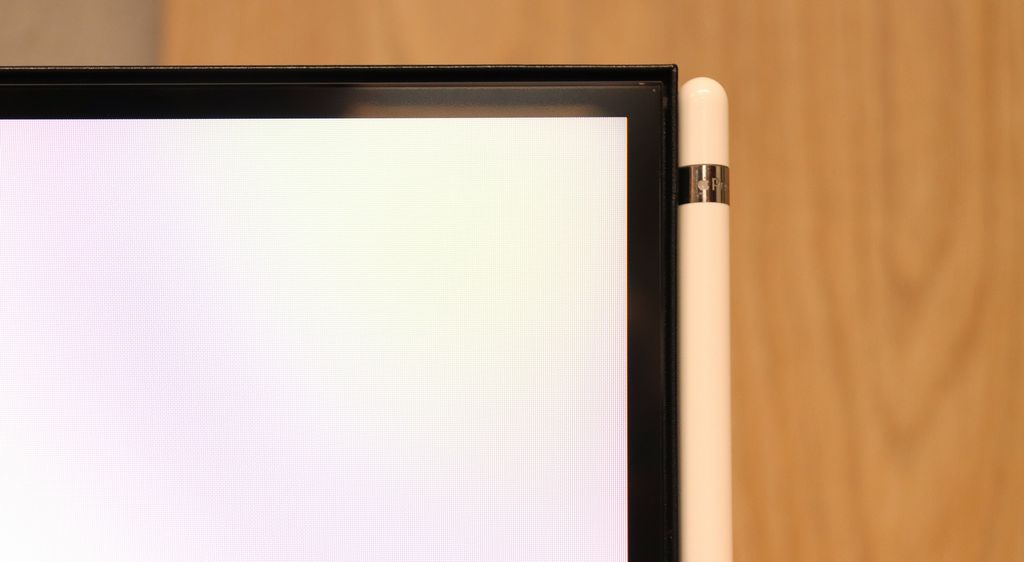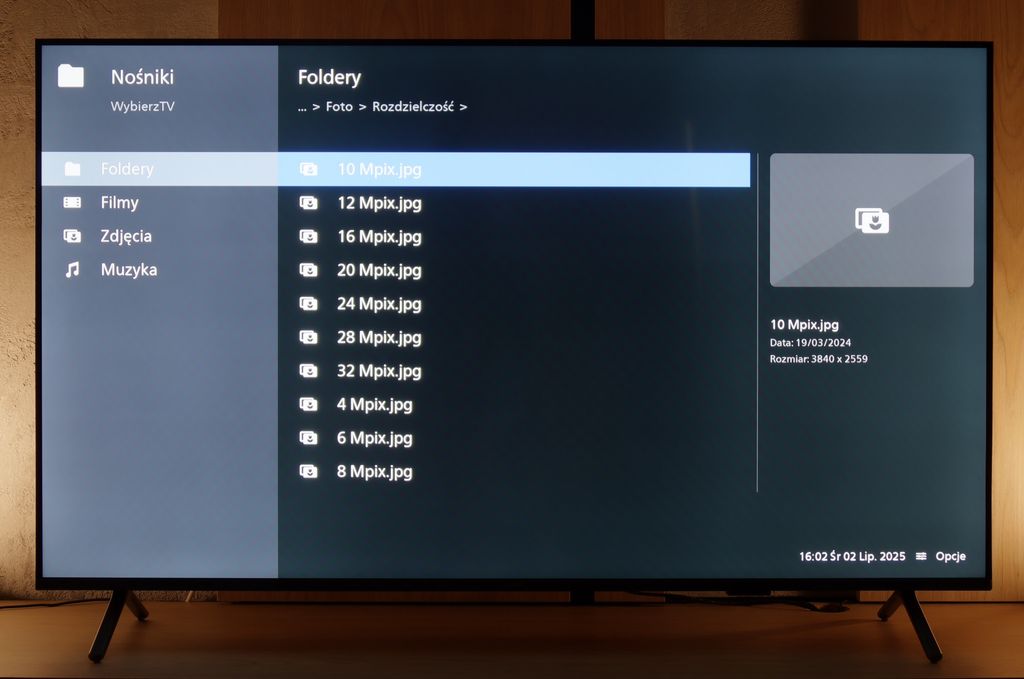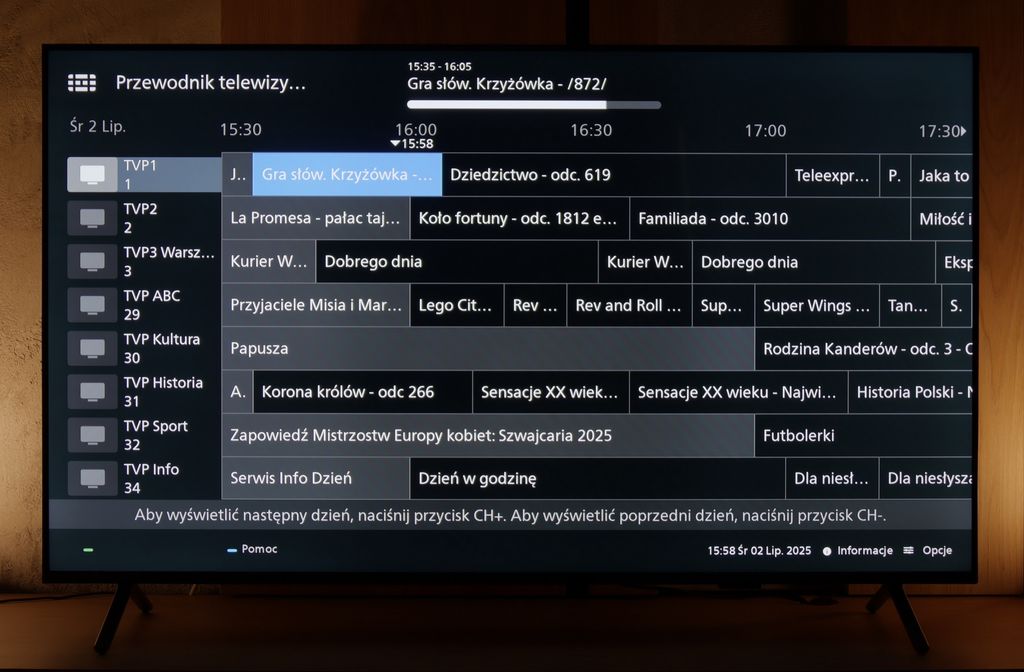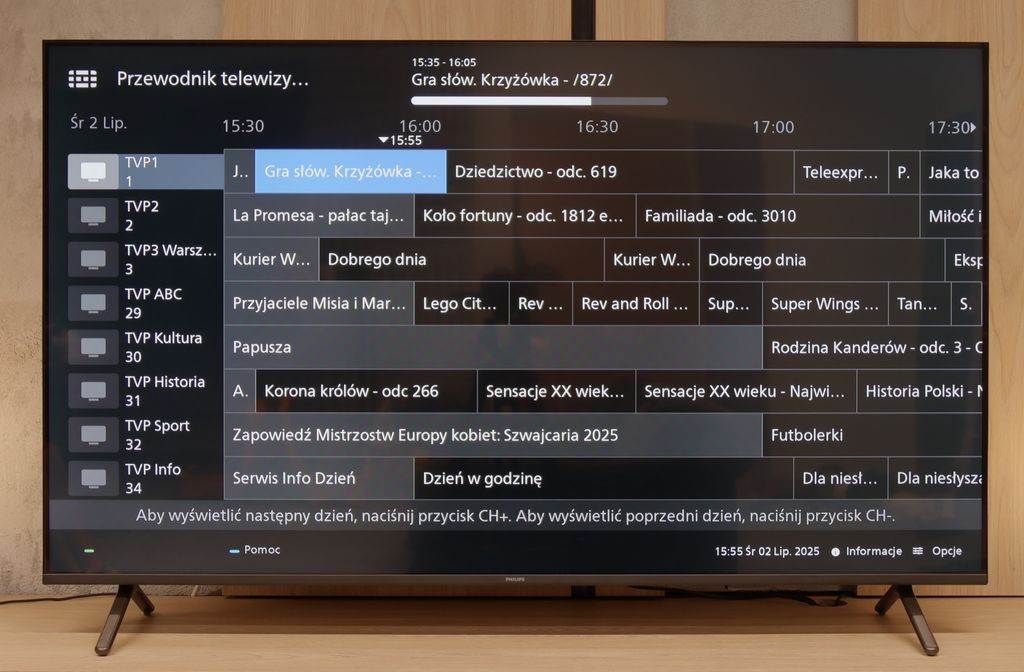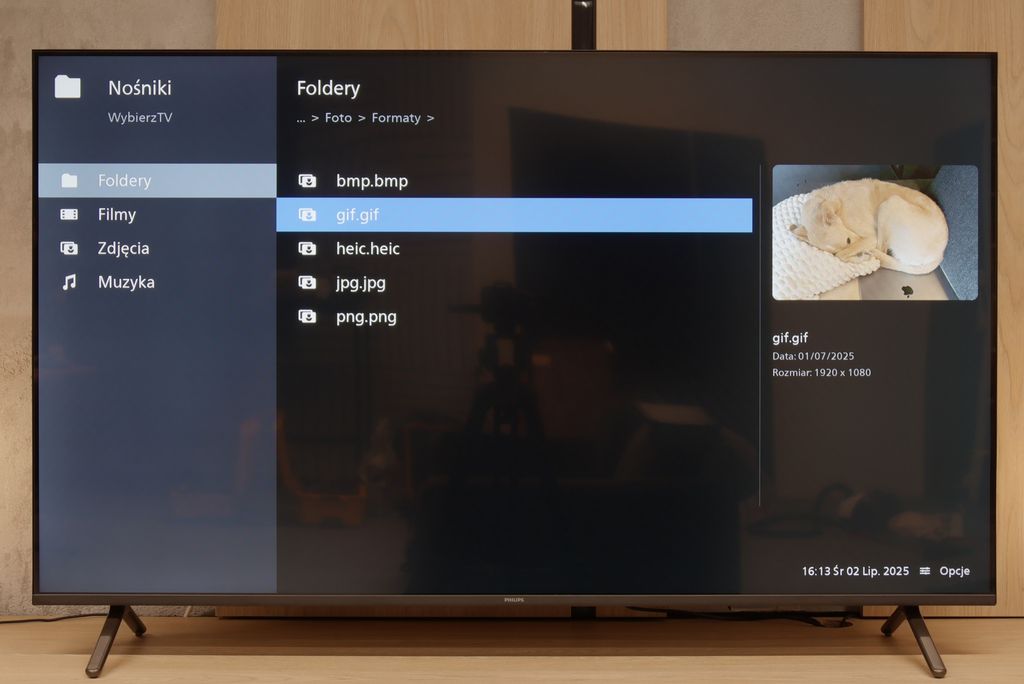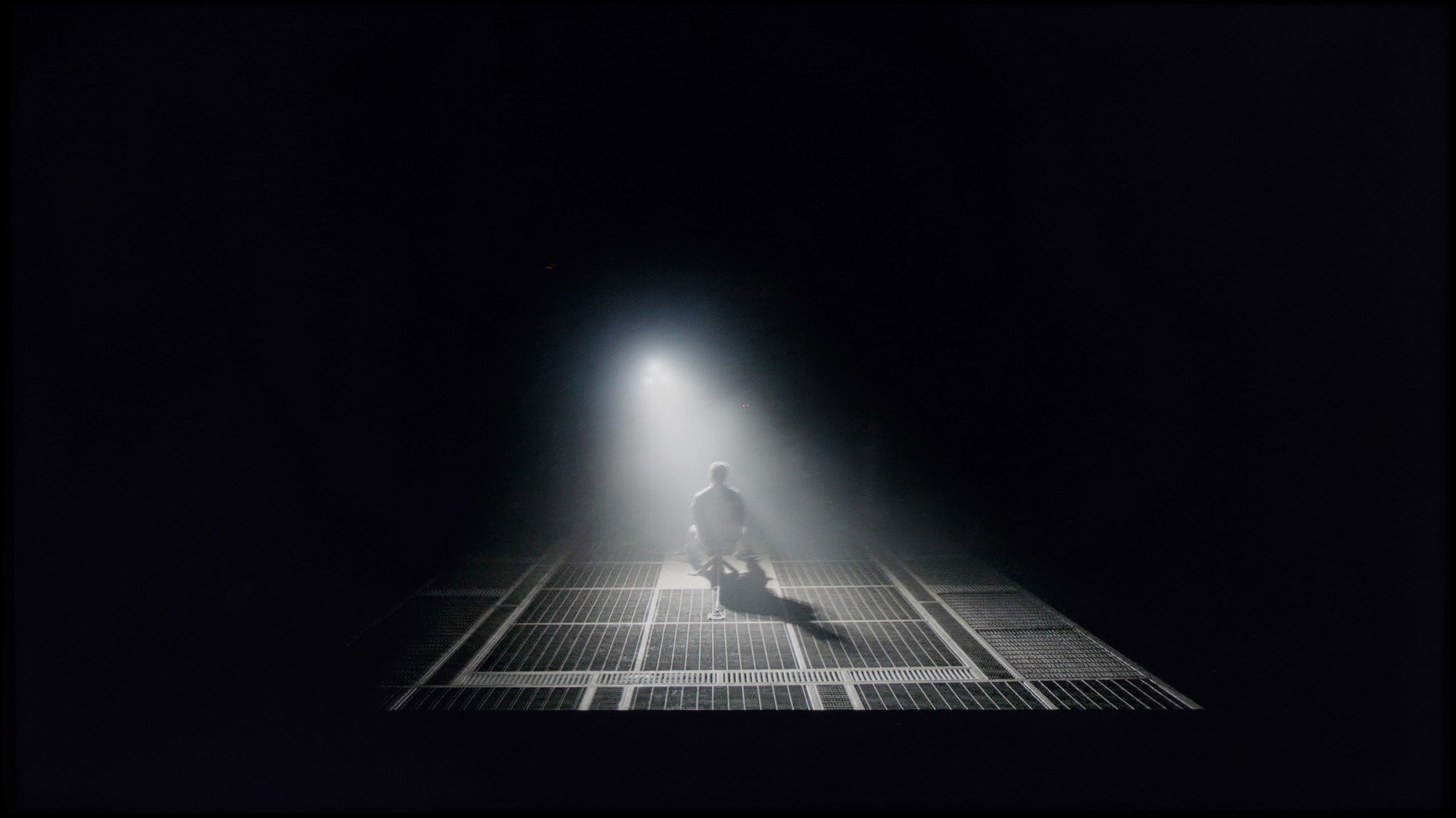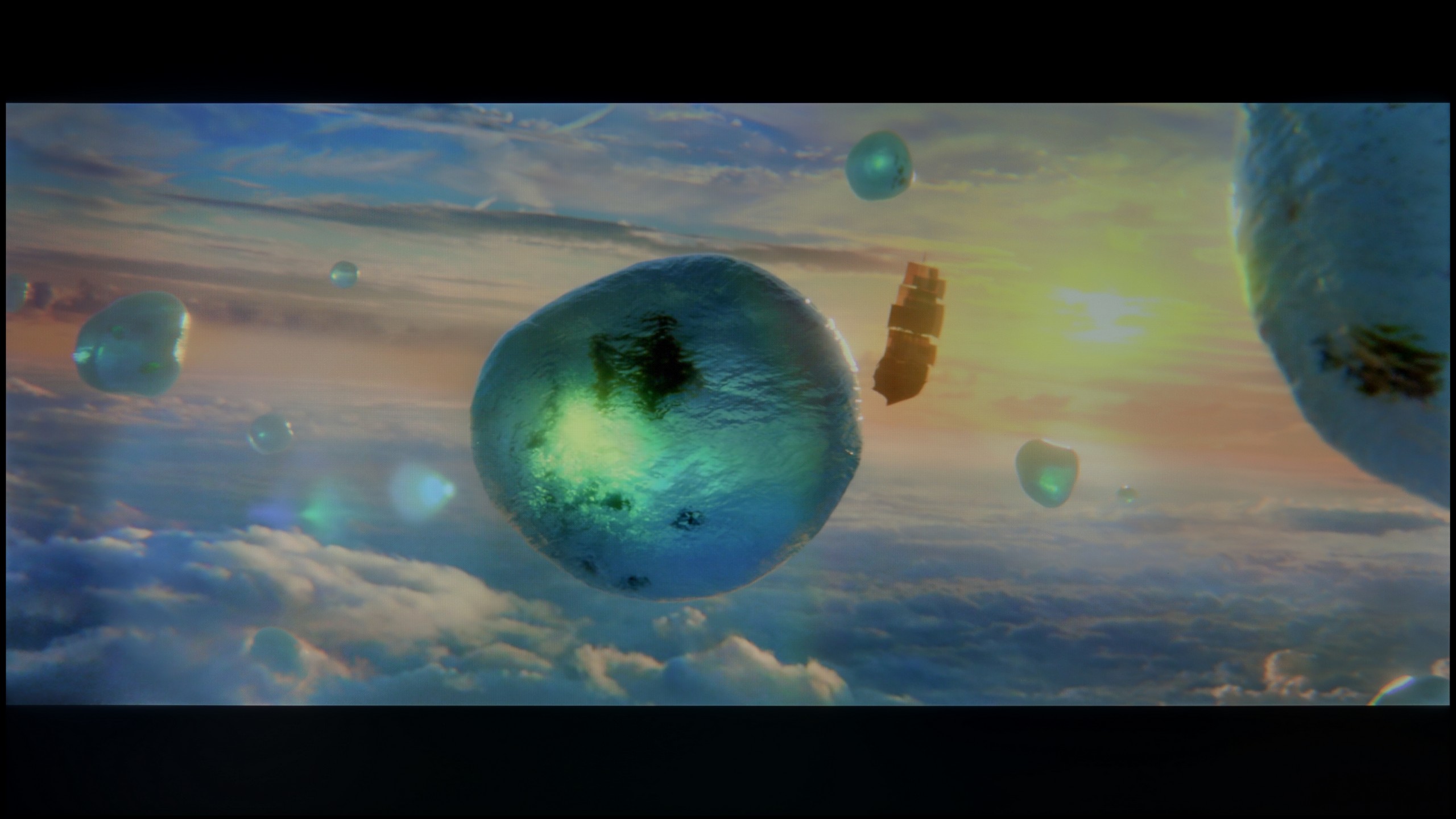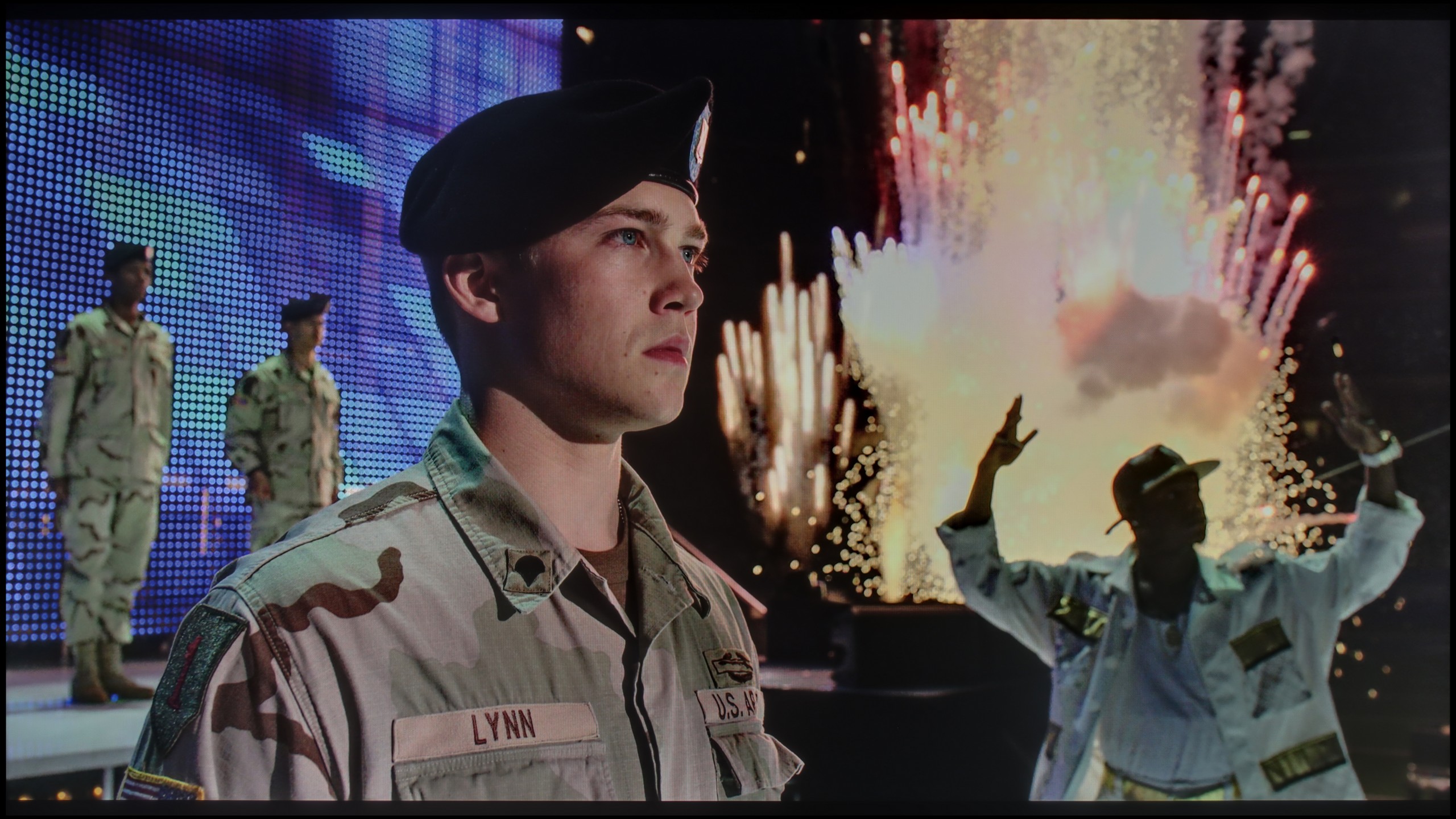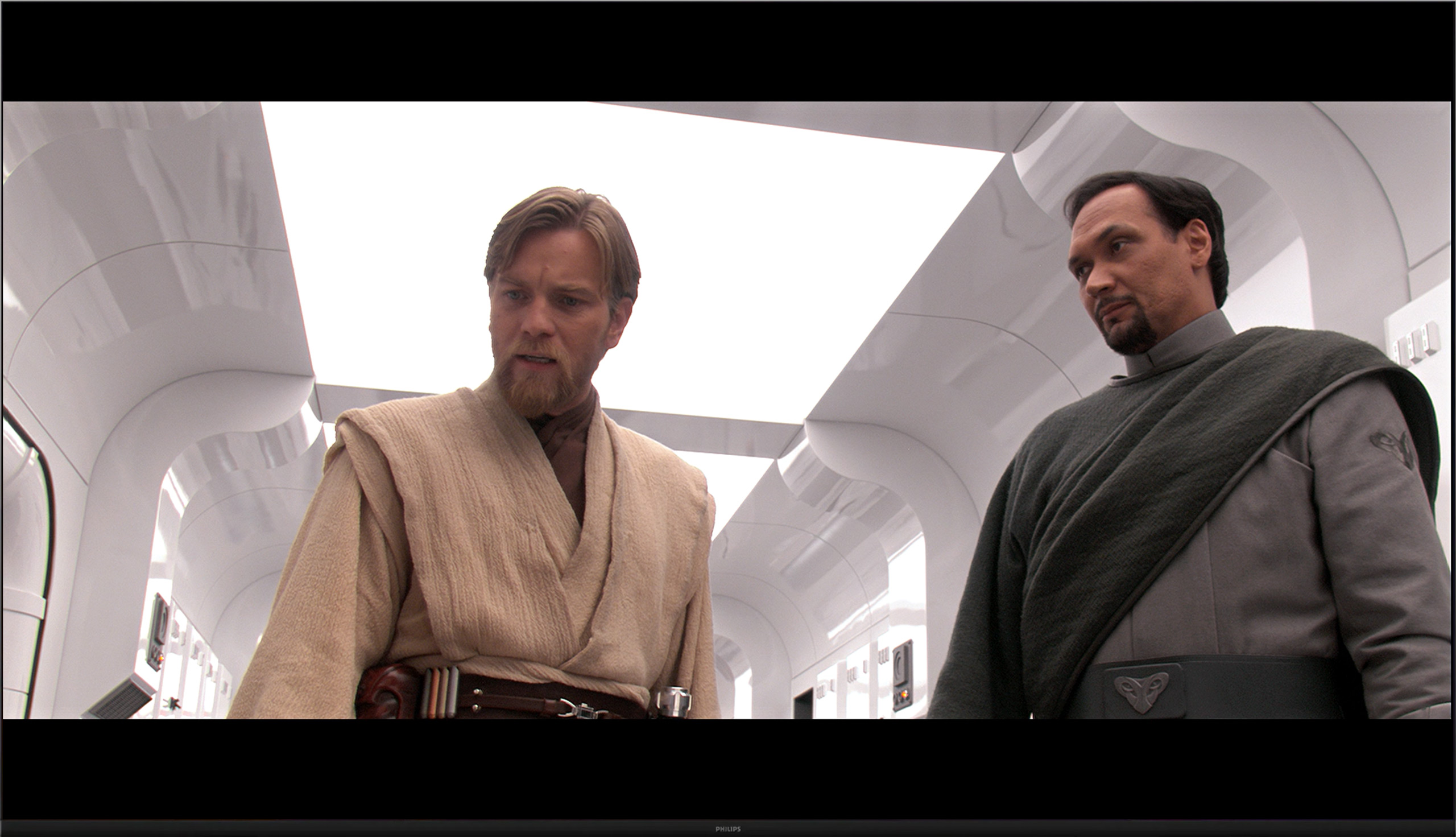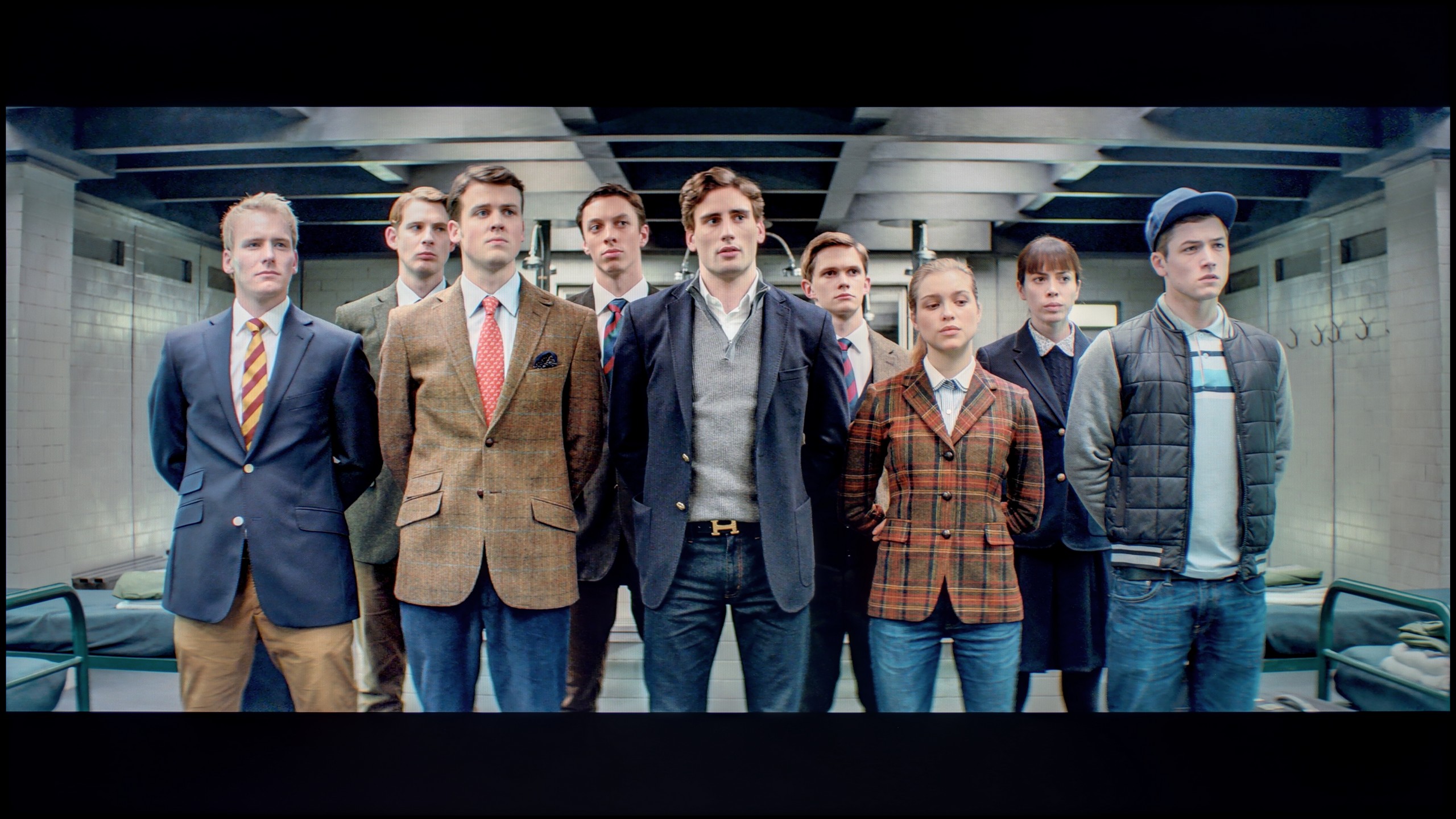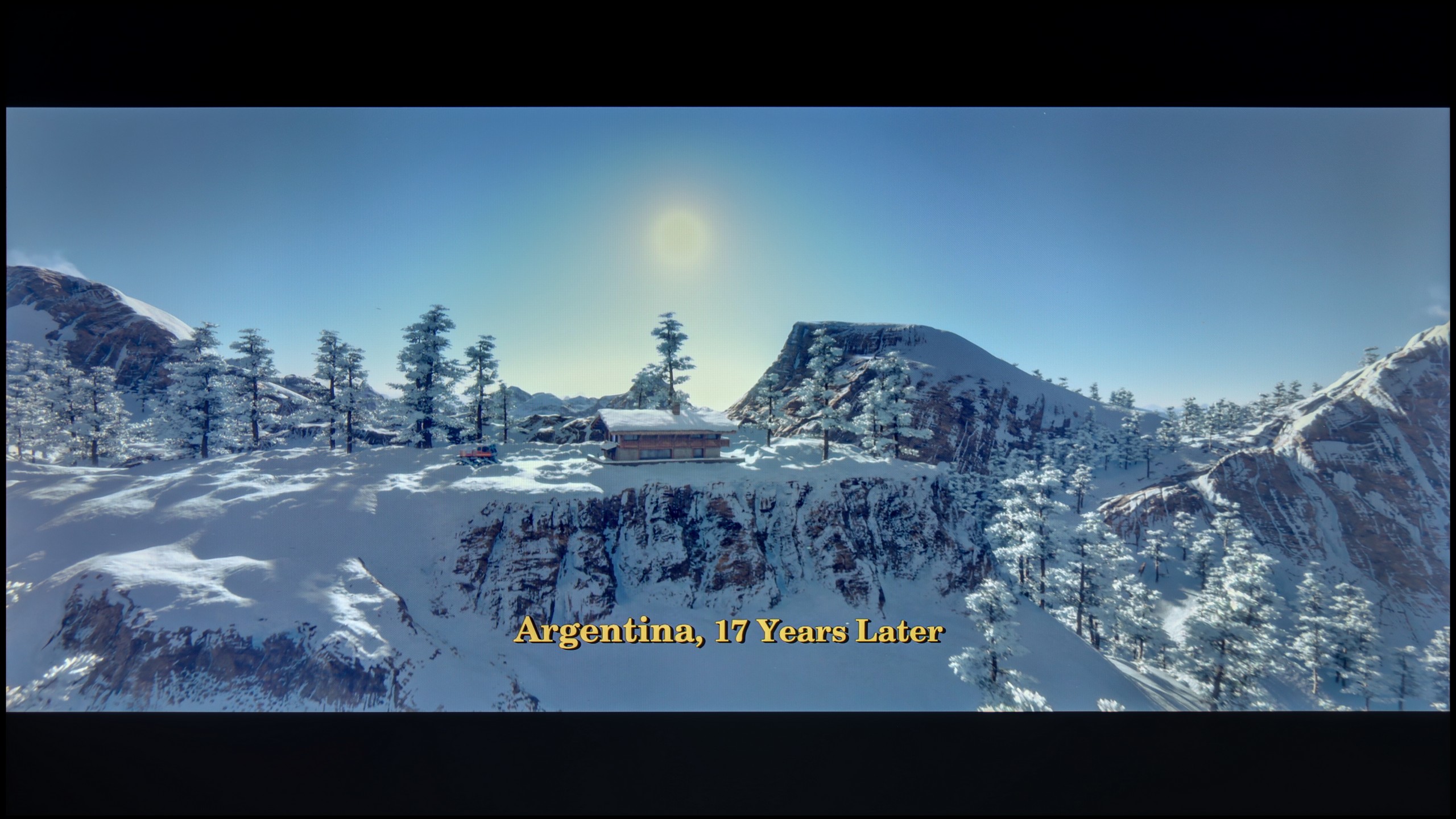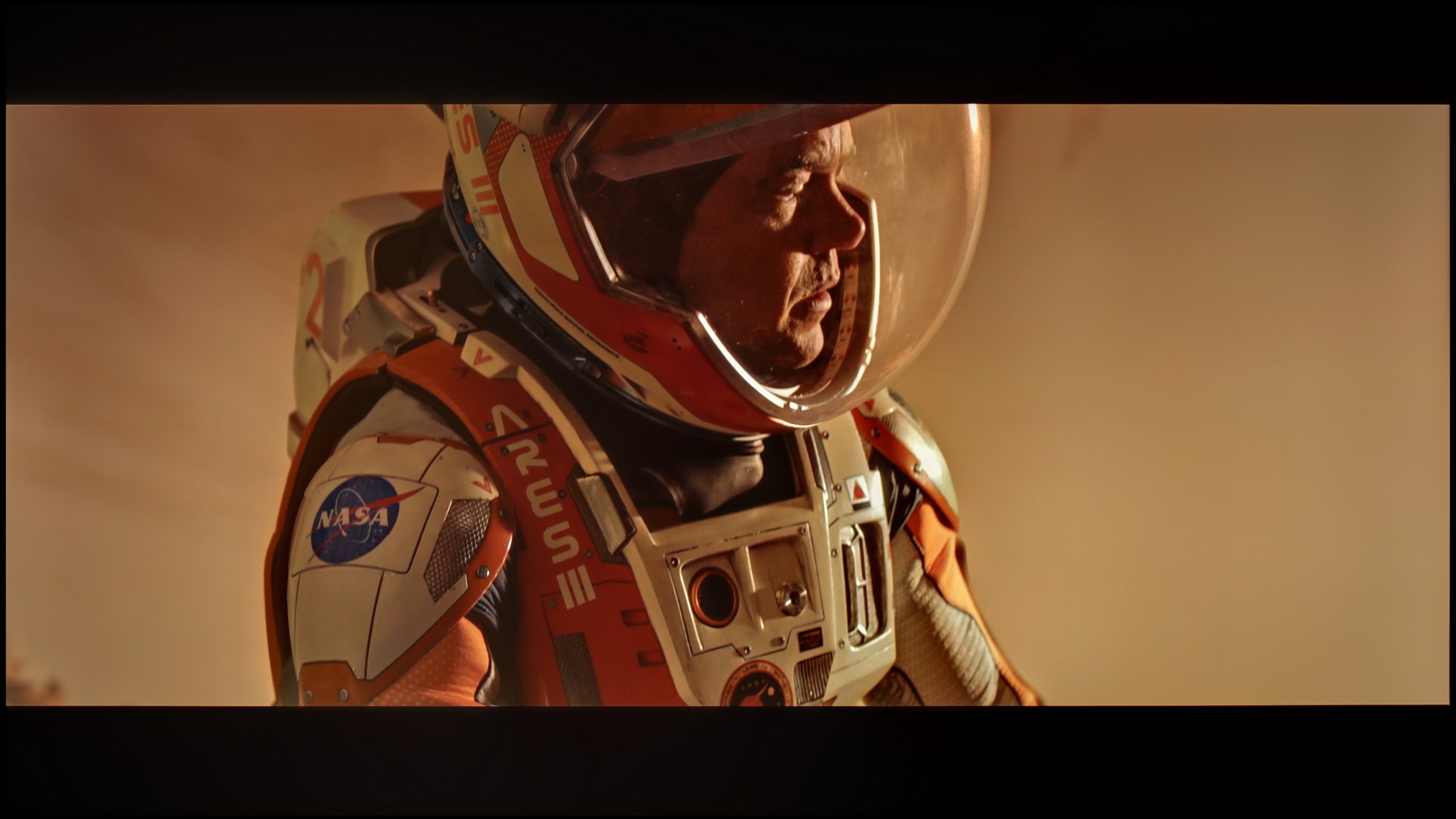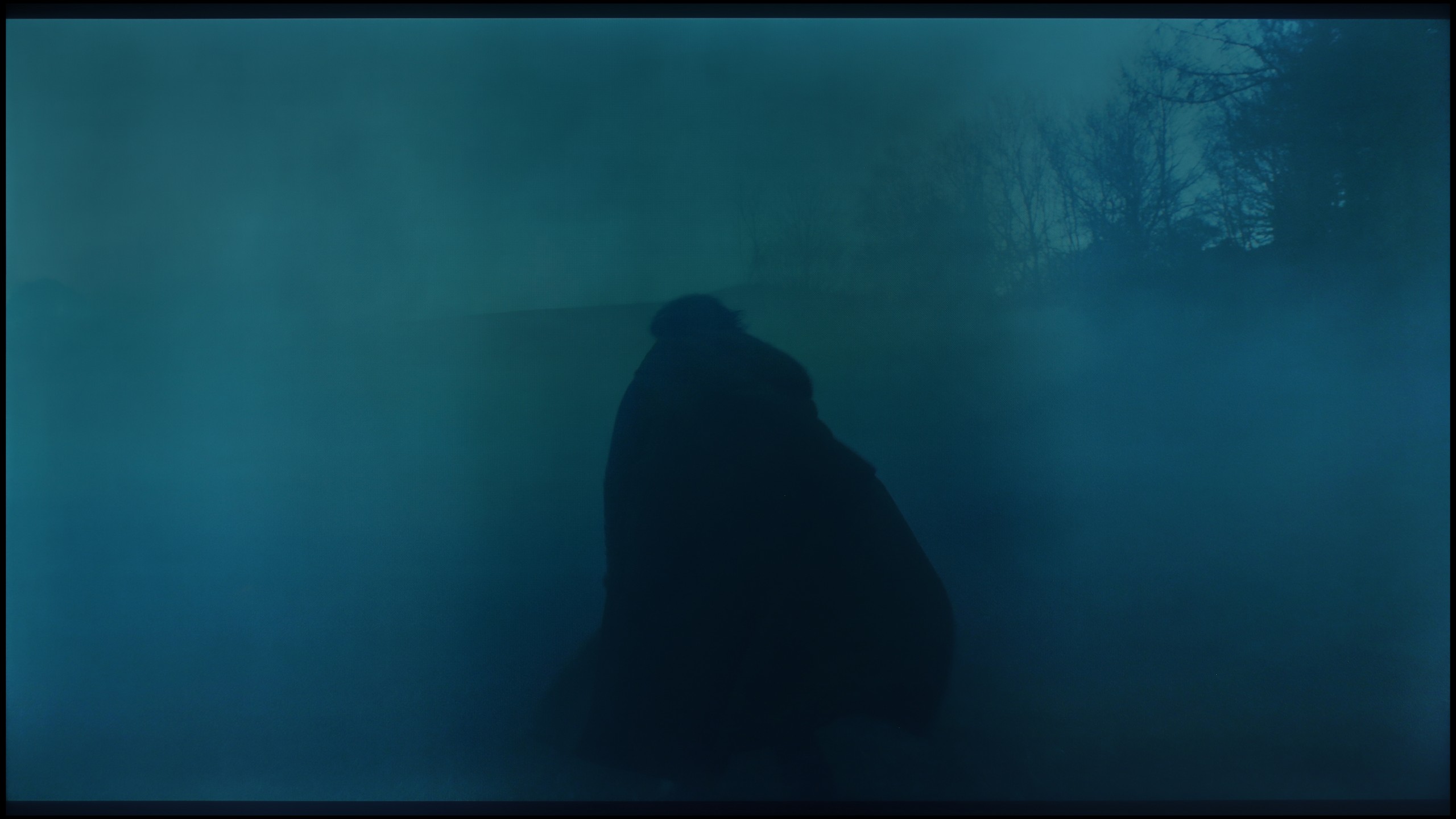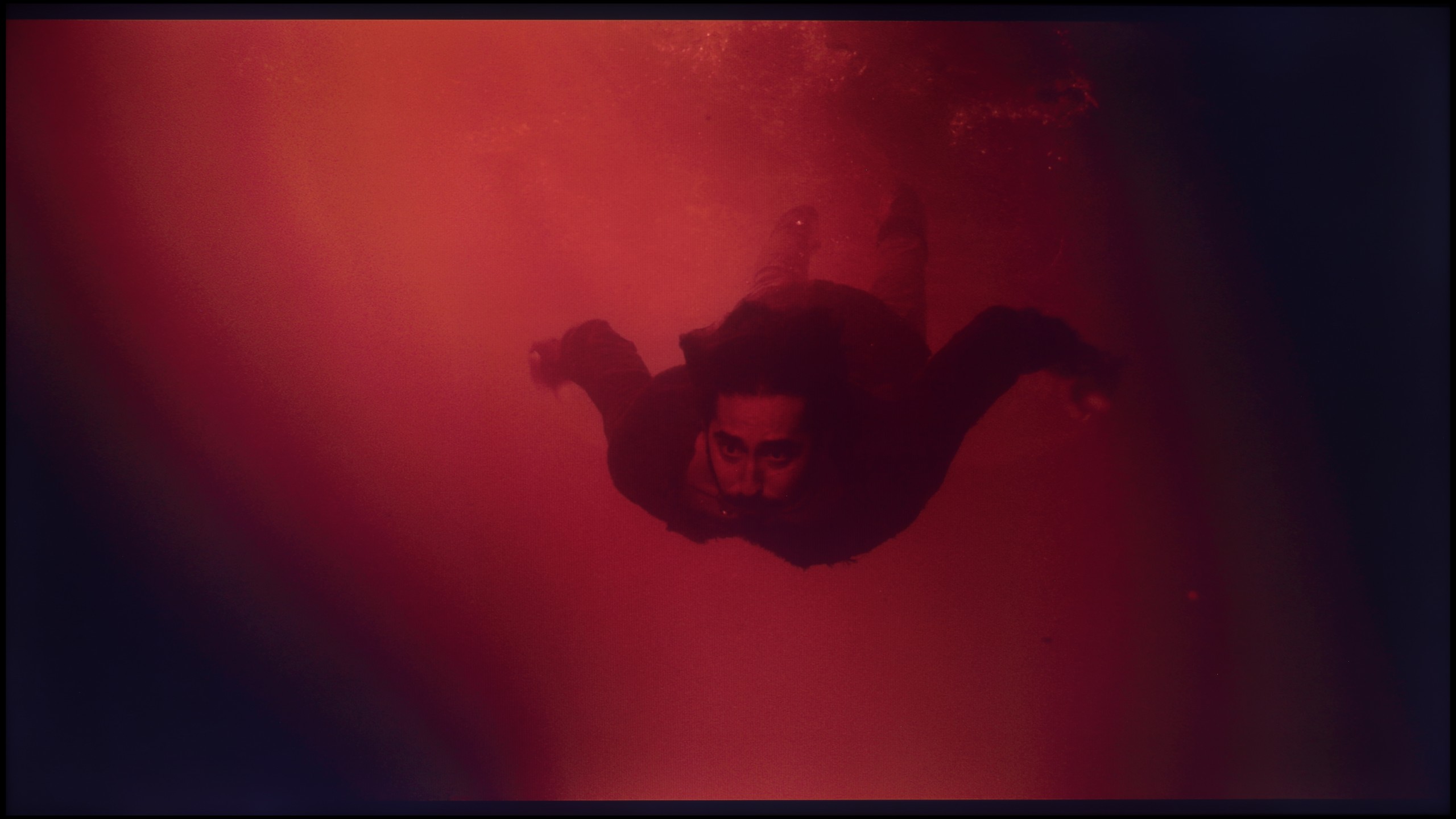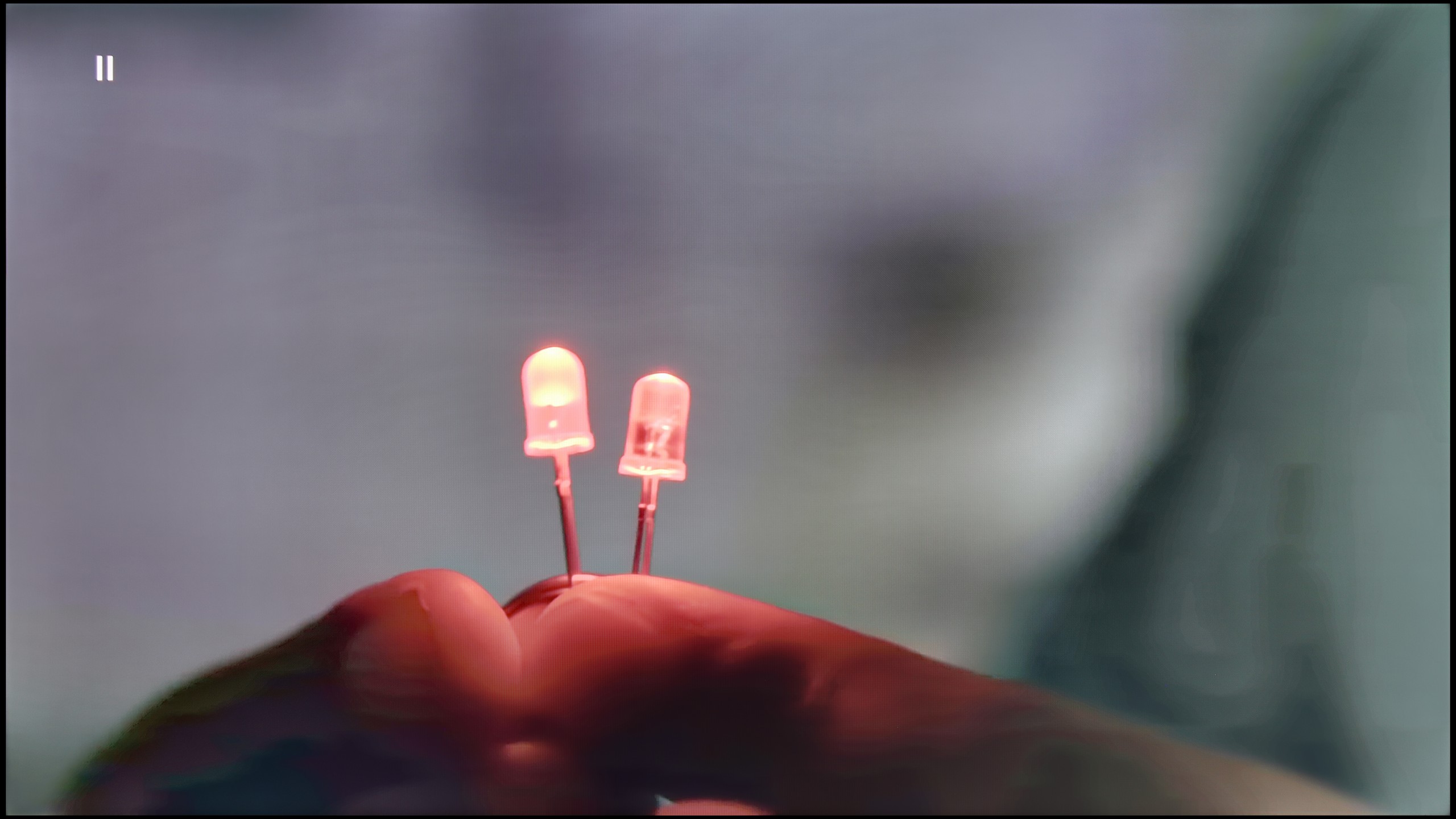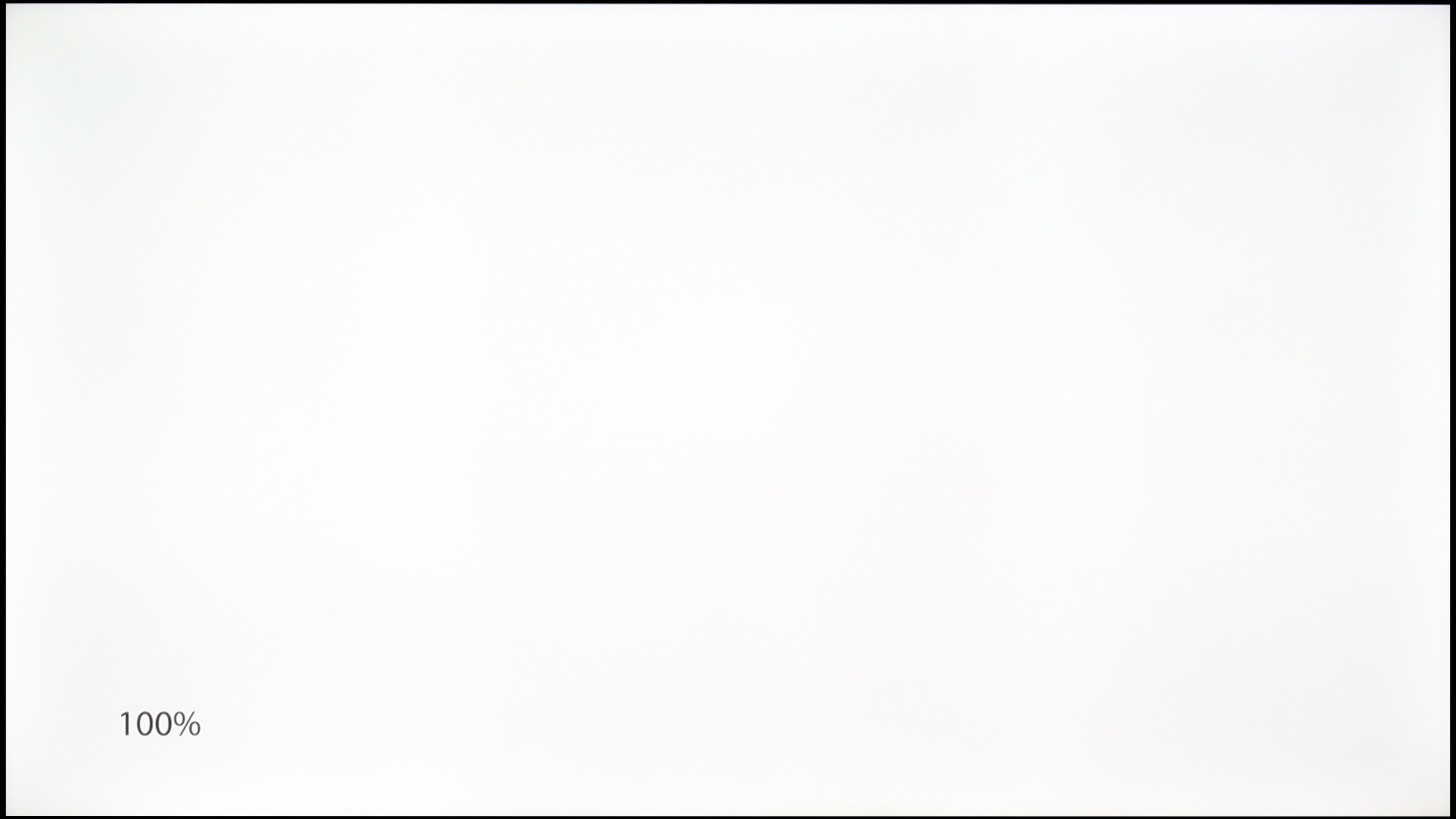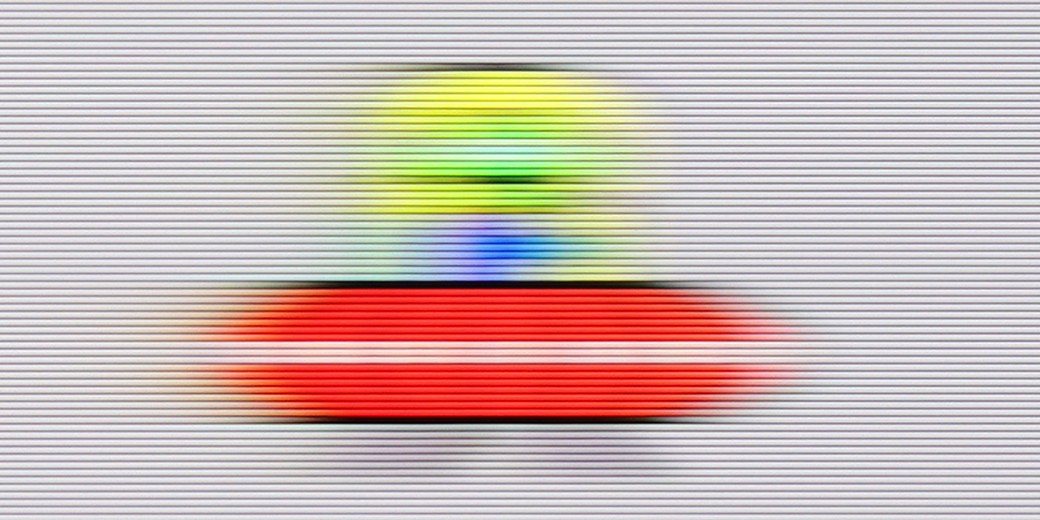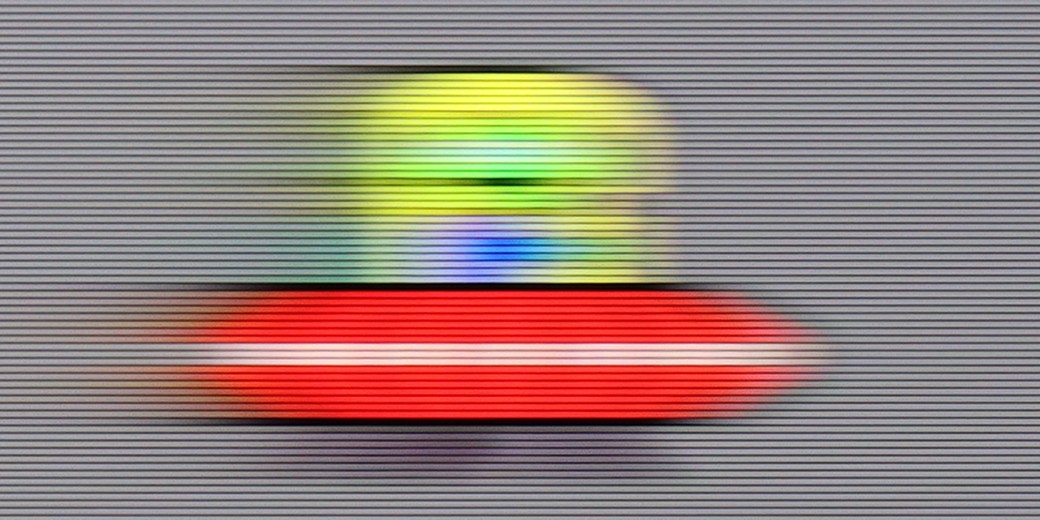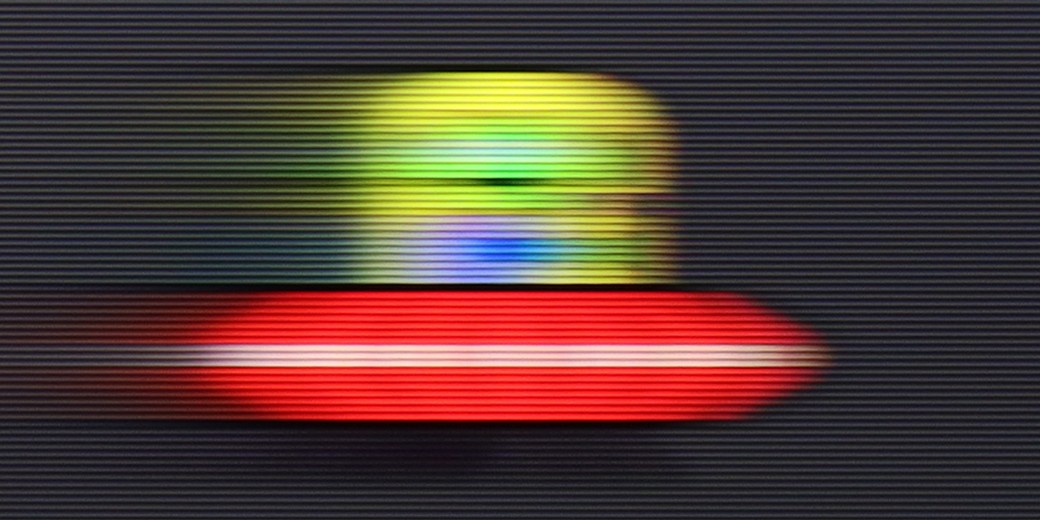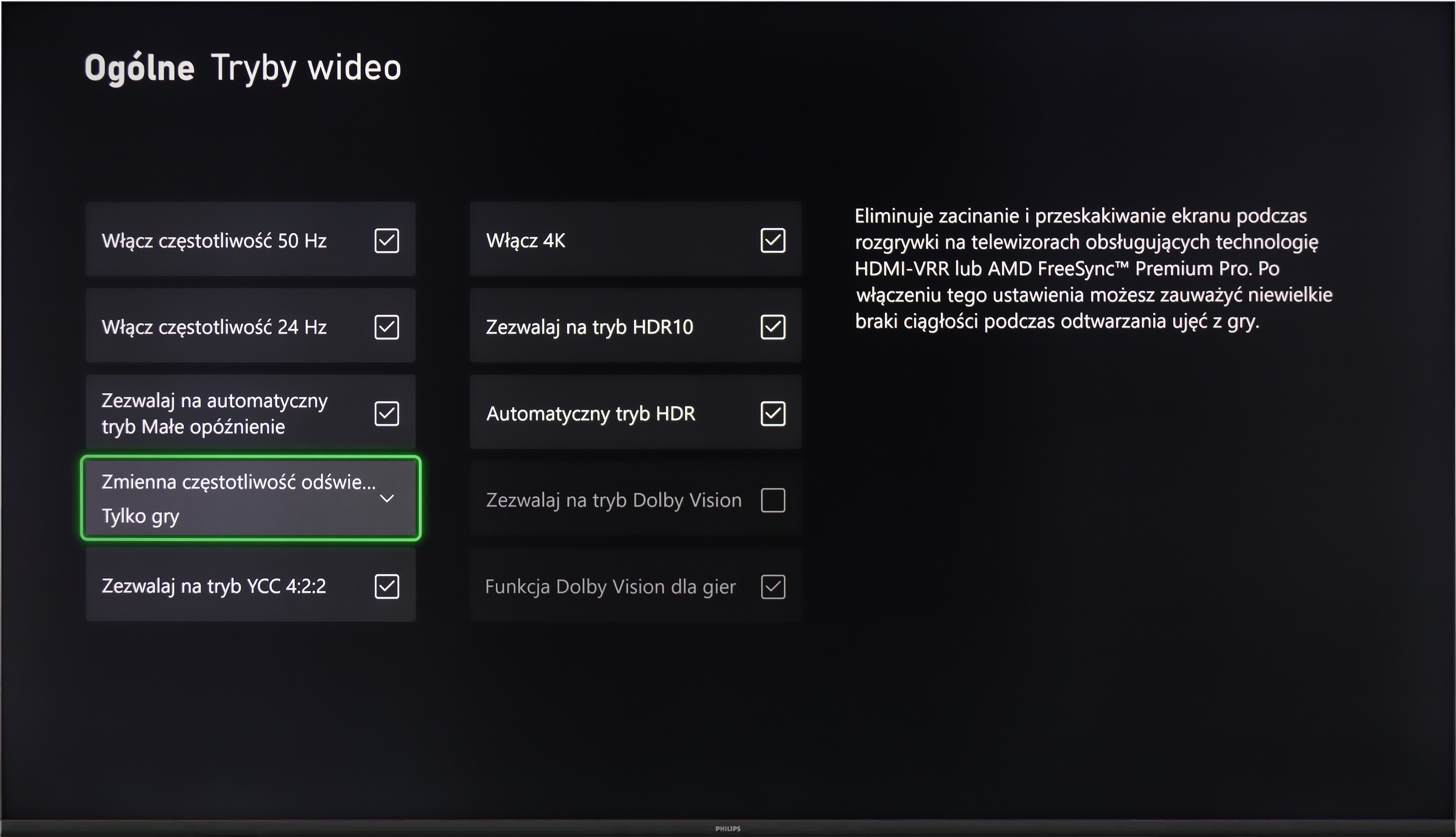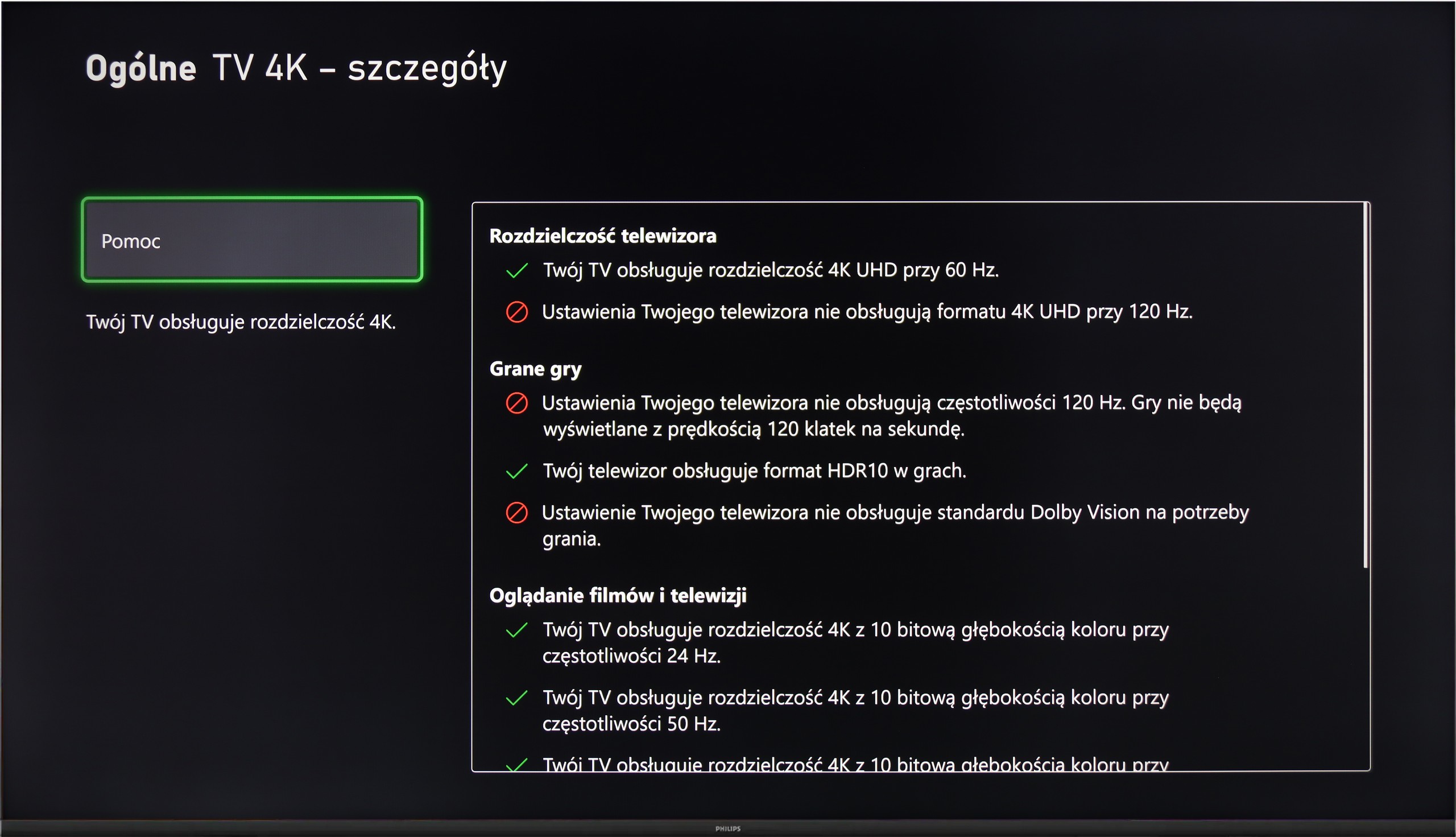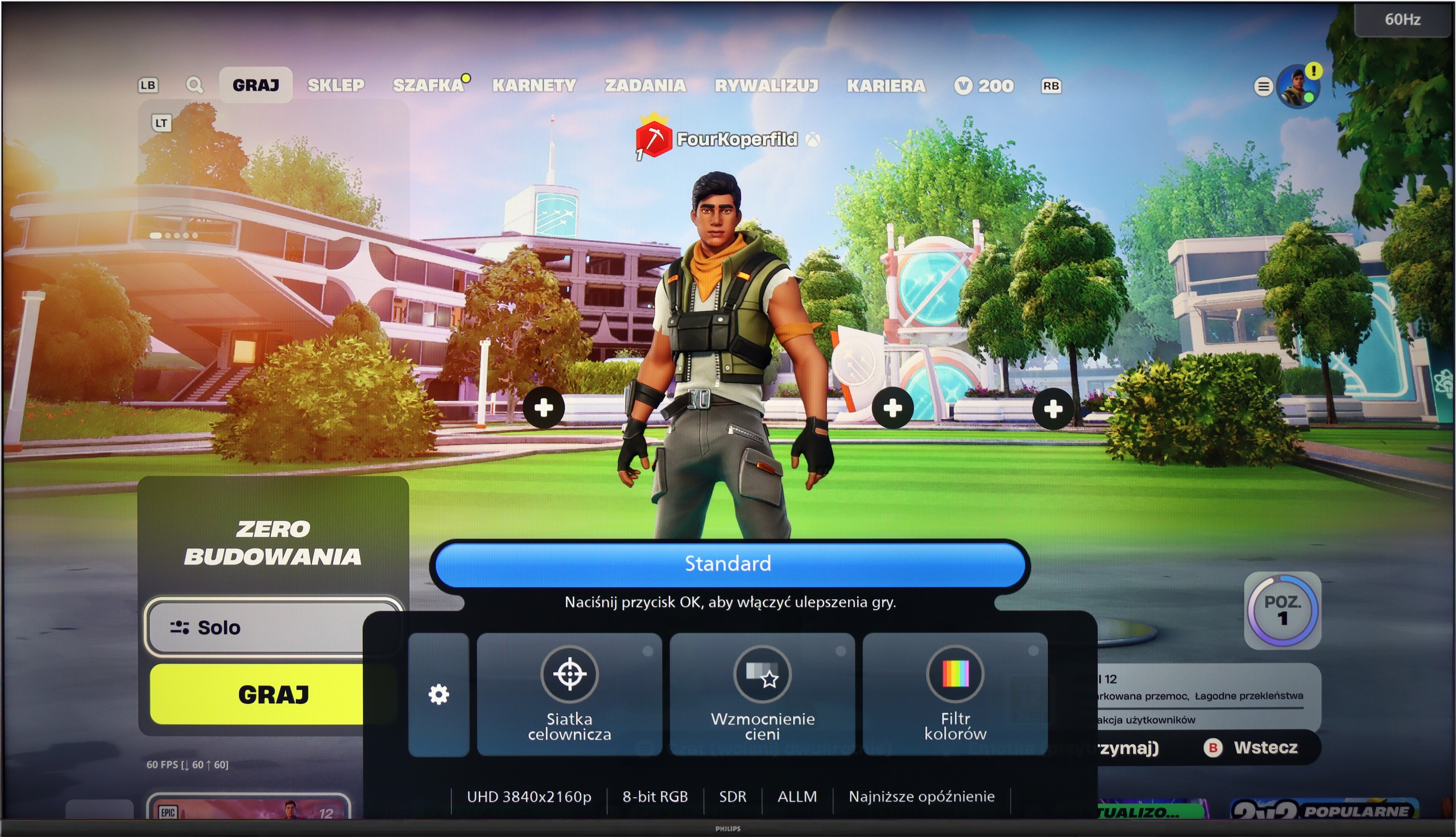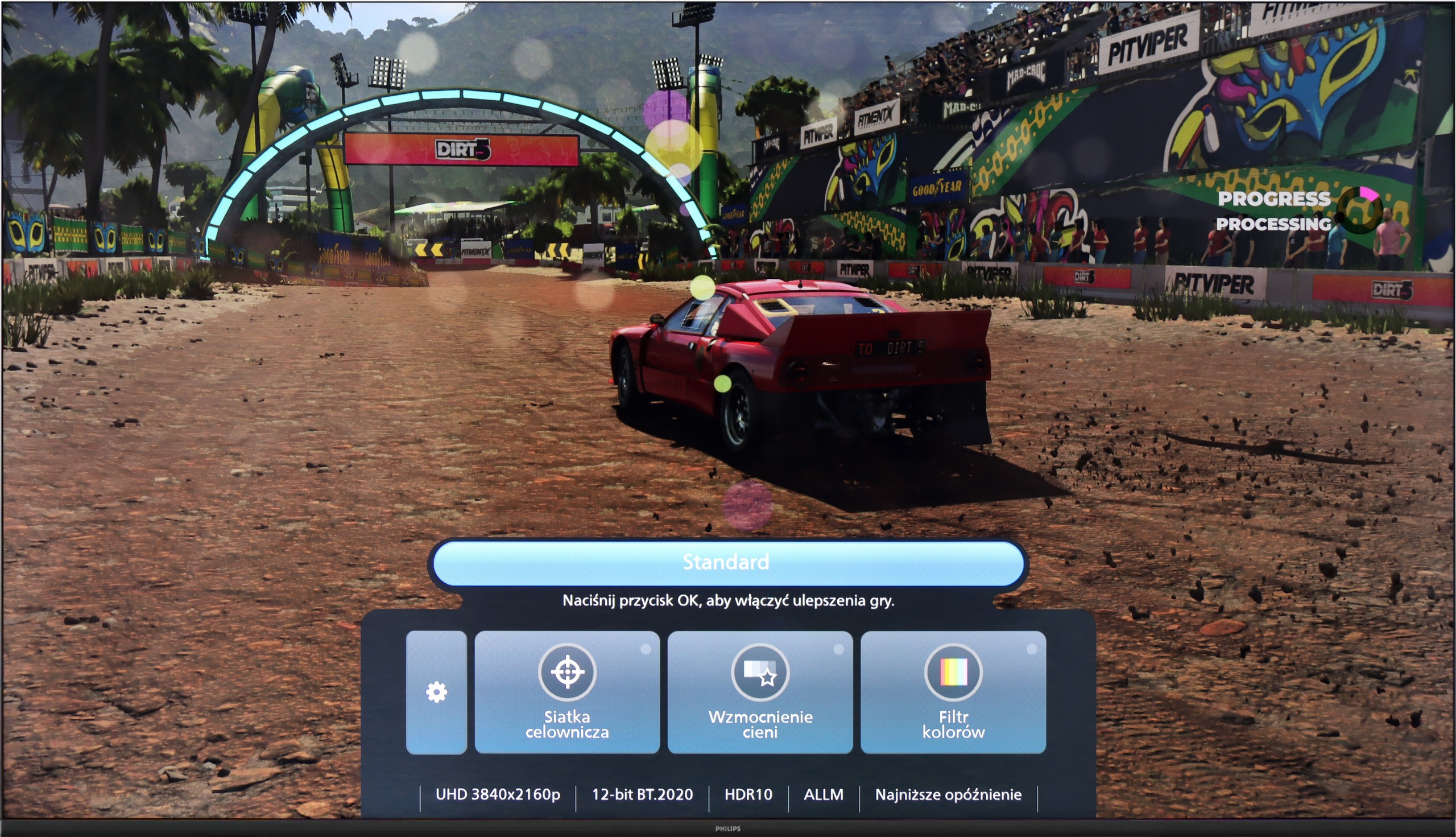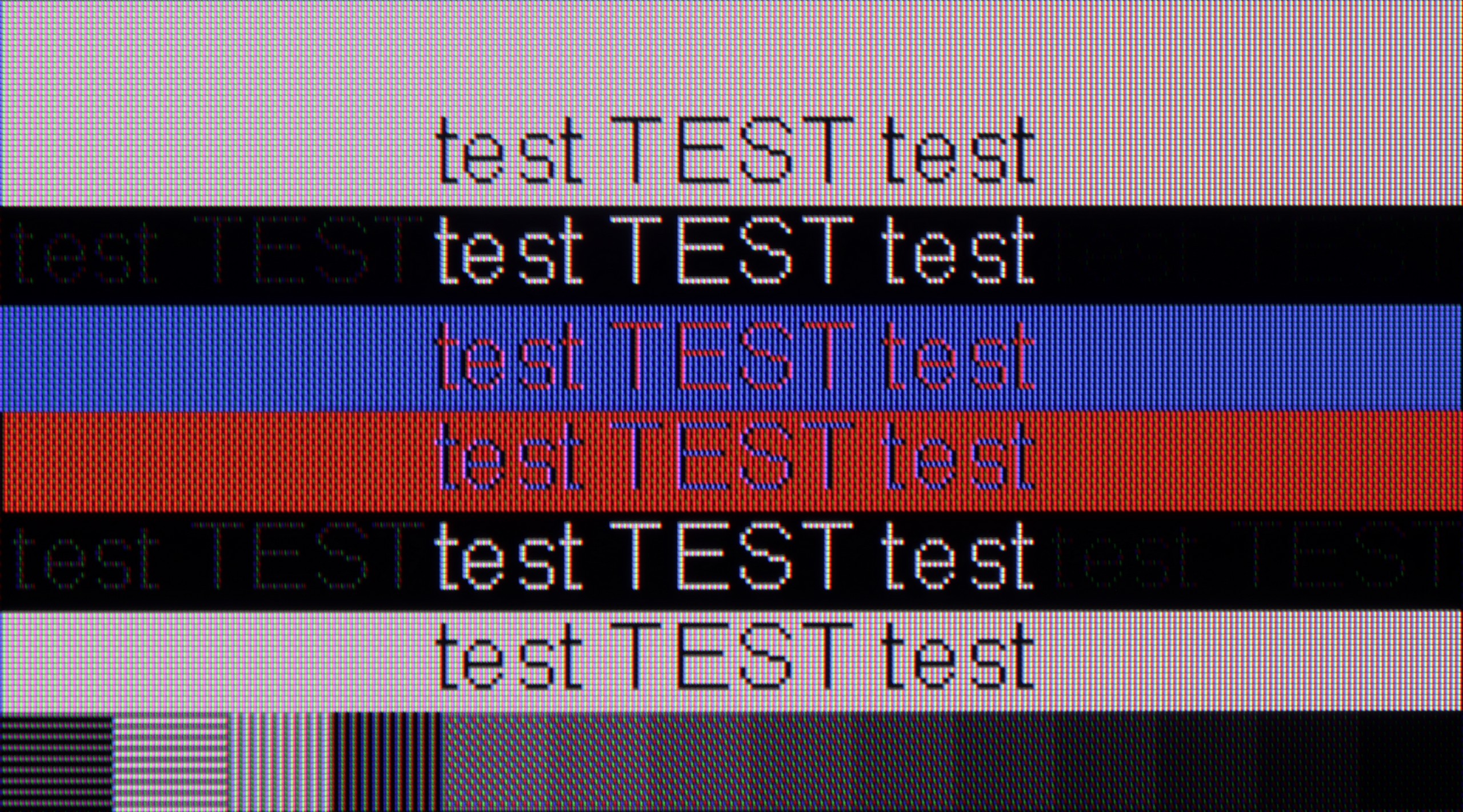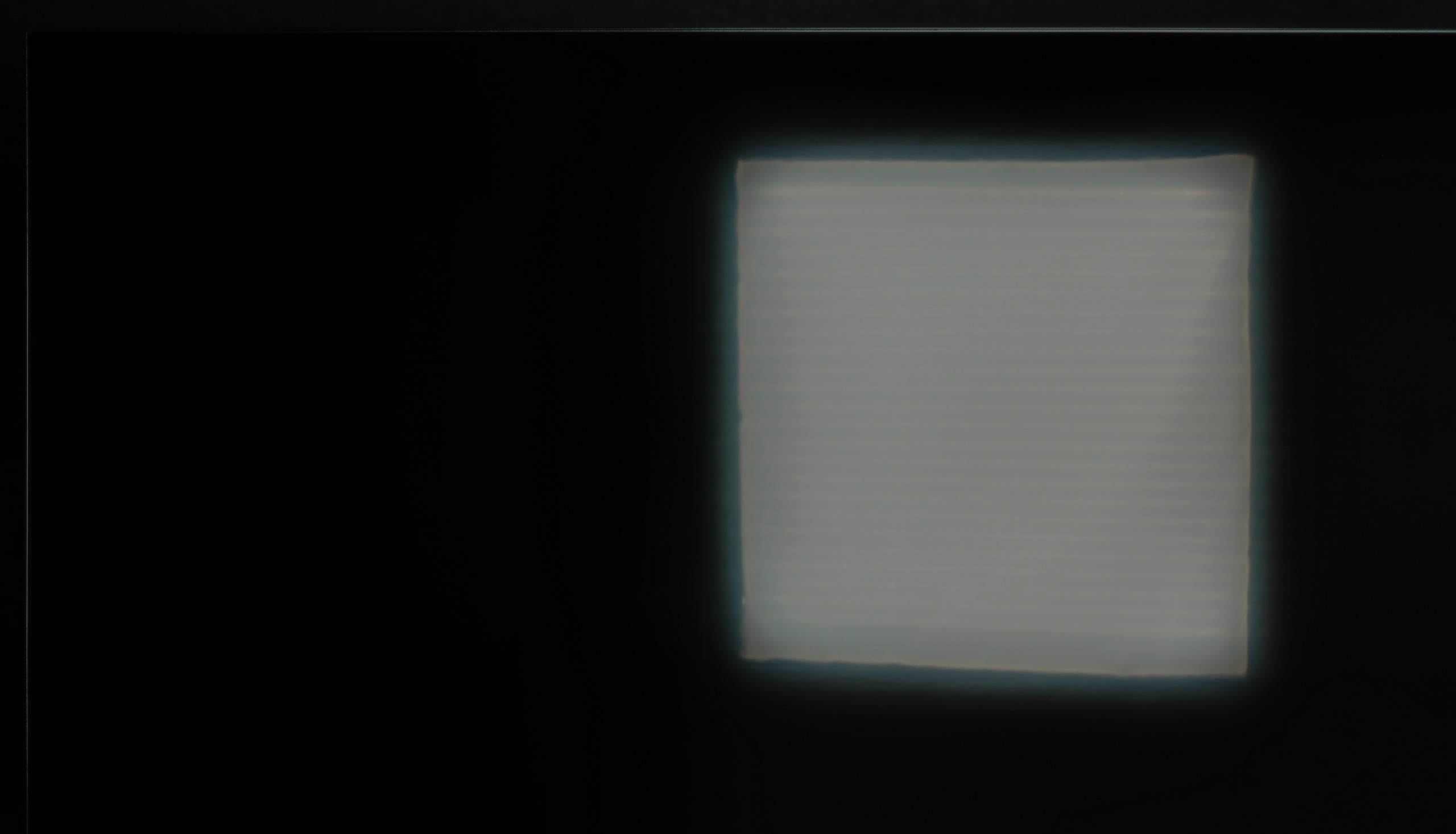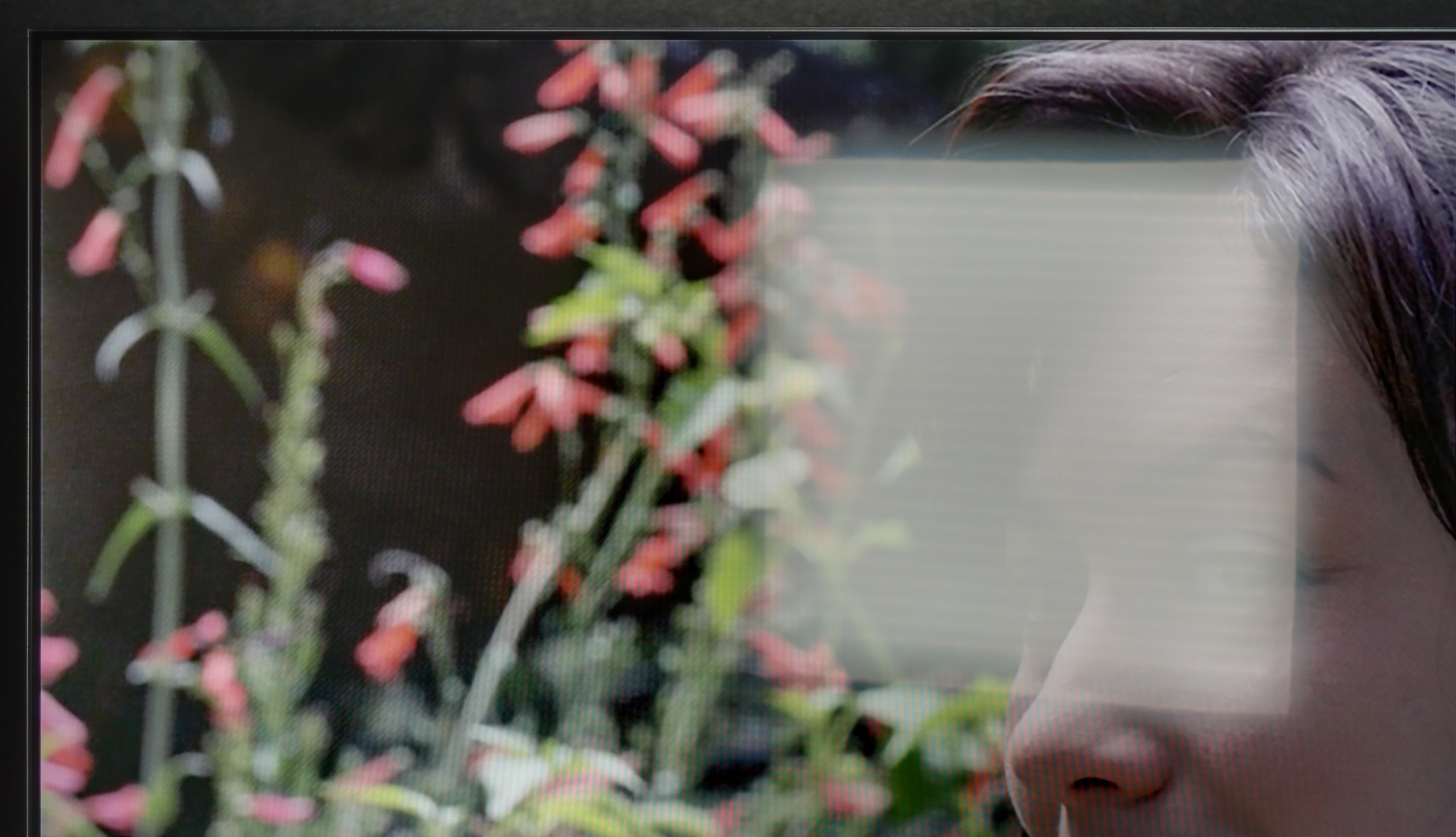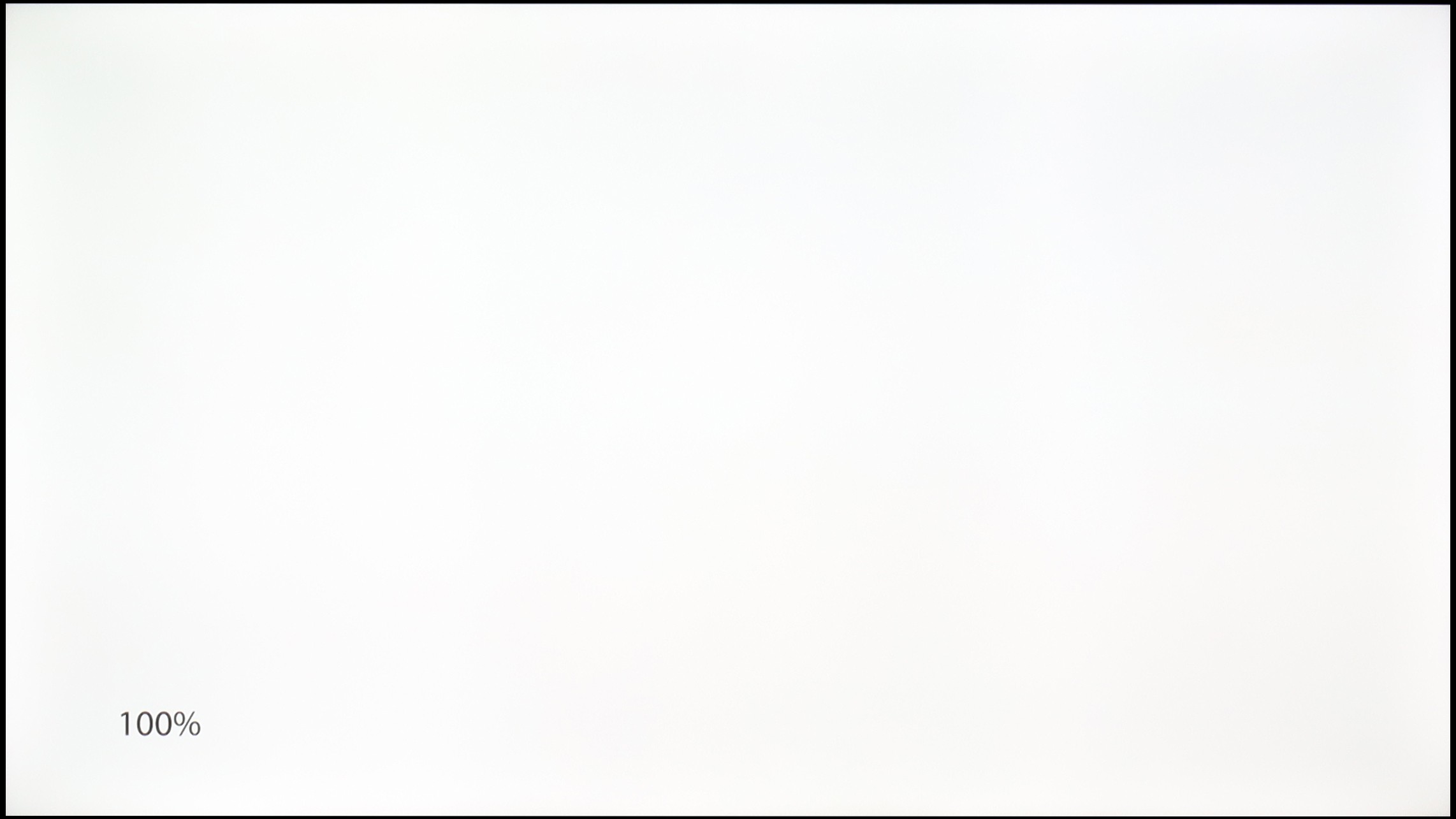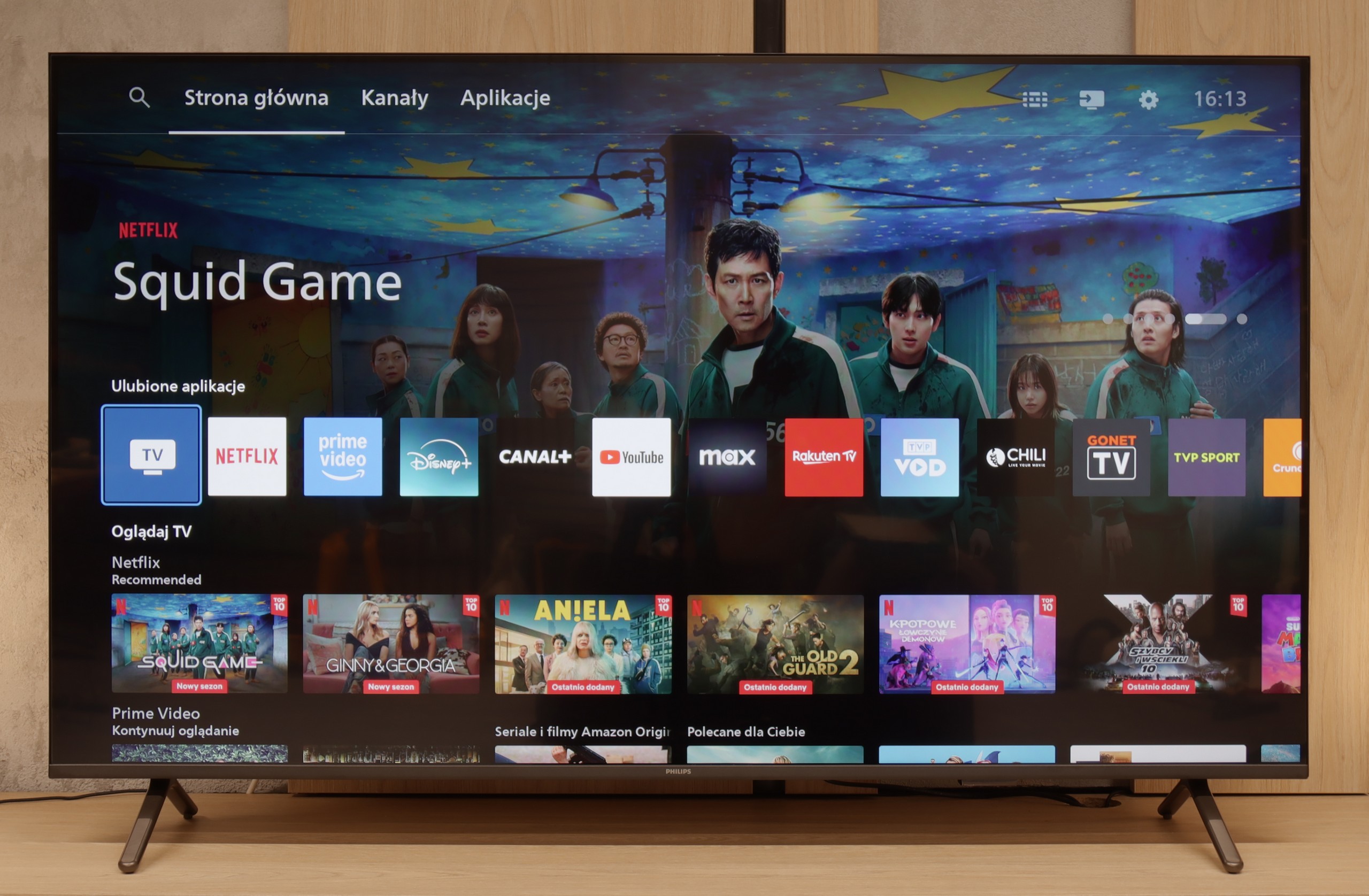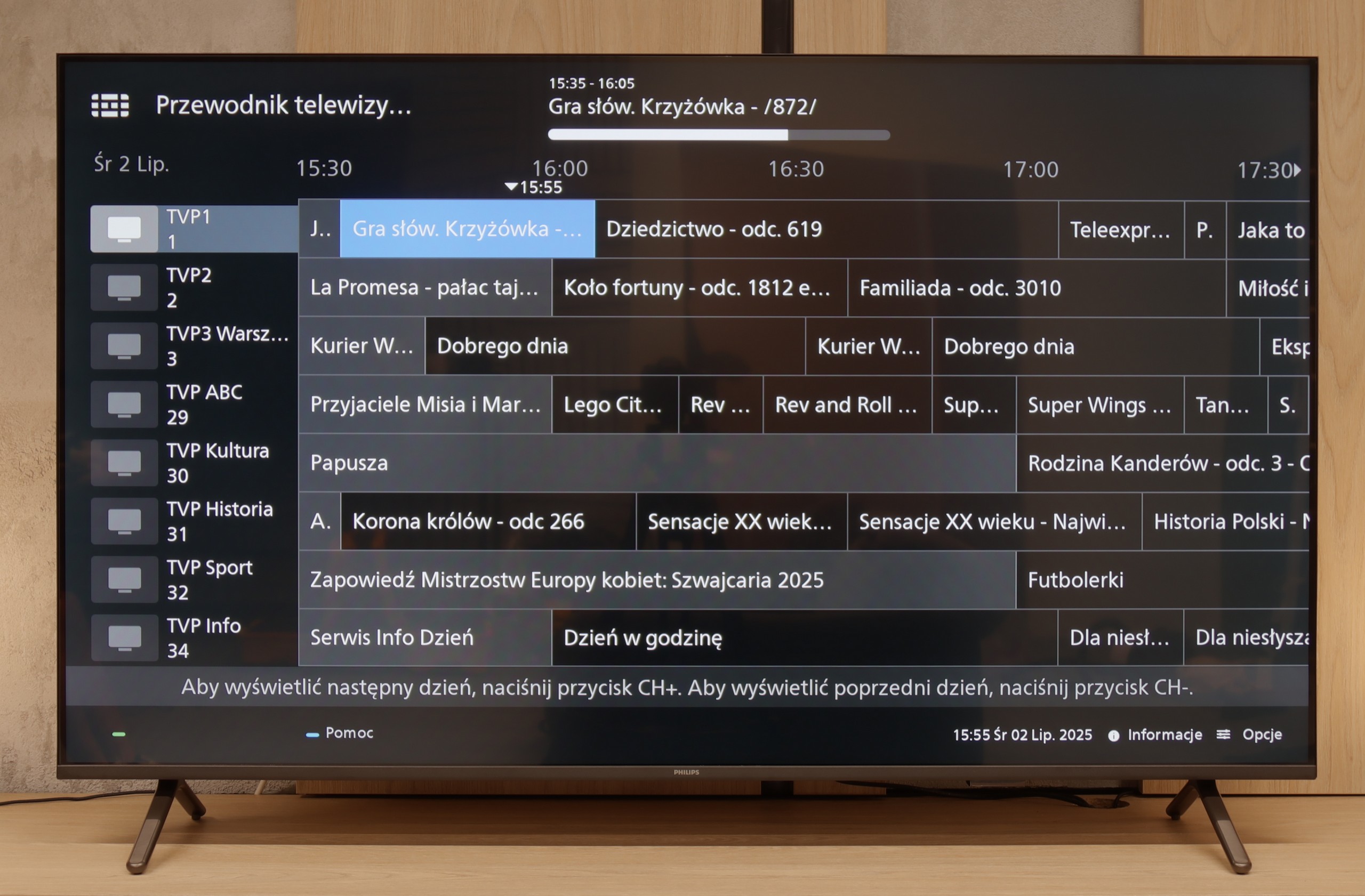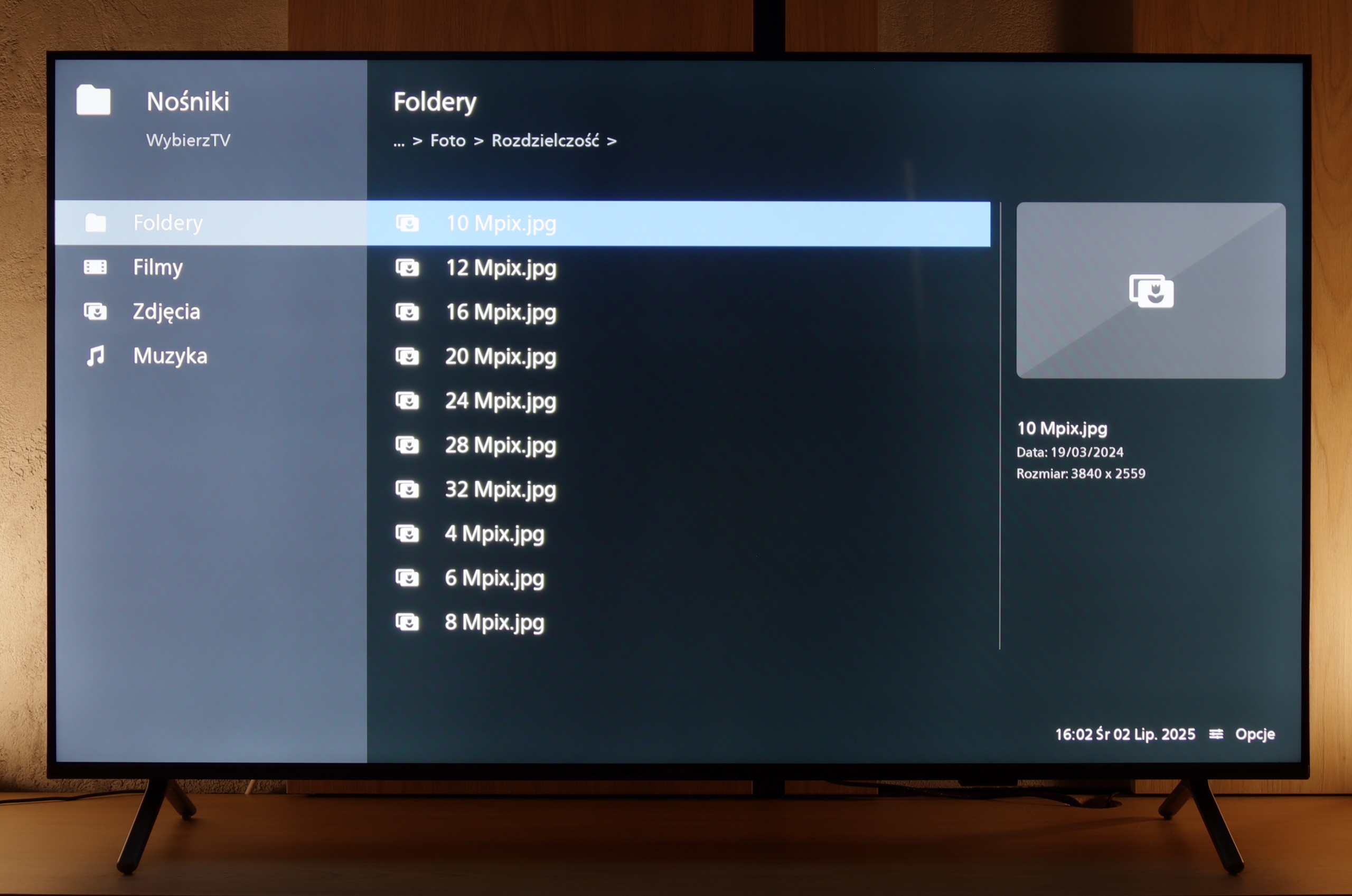The LG NANO82T is the introductory model in LG's 2024 television lineup featuring NanoCell technology. It targets a broad audience seeking a TV with an appealing and user-friendly operating system. WebOS stands out for its intuitive and swift performance, offering a wide range of apps and seamless operation. The Magic remote, functioning like a computer mouse, ensures convenient navigation. For everyday purposes, the LG NANO82T delivers reliably. It supports programme recording, enabling users to save their favourite shows, and features effective upscaling for lower-resolution content. The TV also includes AirPlay and straightforward device pairing through built-in Bluetooth.
In terms of picture quality, the LG NANO82T may not achieve top-tier brightness levels, but it offers a respectable contrast. Its VA panel ensures deep blacks and sharp details, making it well-suited for films and TV shows. Additionally, it serves as a solid choice for casual gamers and PC users. The TV boasts low input lag and essential features for PS5 and Xbox consoles, while font clarity is exceptional for PC use. Overall, the LG NANO82T is an excellent option for those seeking a versatile television with a modern operating system and innovative features that will satisfy most users.
Ambilight because that's where we have to start, it's the biggest reason to buy the PUS8500. The three-sided backlighting of the TV looks great, especially in the evening. It creates an atmosphere, masks the imperfections of contrast, and makes the viewing experience simply more enjoyable. Even if the black levels aren't perfect, the native VA panel's high contrast is just fine. On top of that, there's really decent input lag and several gaming features like ALLM and VRR. Although there’s no HDMI 2.1 or 120Hz panel, casual gaming should be a pleasure. Especially since it's responsive and latency-free. Additionally, there’s full support for audio formats – both Dolby Atmos and DTS, so soundbar owners can rejoice too.
But let's not kid ourselves – this is still a budget TV, and at times it shows. Brightness is average – not weak enough to make viewing impossible, but if you hit a particularly sunny day, watching conditions without blinds can be problematic. However, in our opinion, the biggest disappointment with the PUS8560 is the operating system, Titan OS. Despite the system debuting some time ago, certain features simply wouldn't work – for example, screen mirroring from a phone despite the manufacturer's claims that such a feature is present here. There are fewer apps than with competitors, and the system itself runs a bit clumsily. Overall, it seems to have some capabilities, but clearly lacks refinement.
Of course, this is not a TV meant to compete with top models. But if someone is looking for something simple, with a nice atmosphere that the Ambilight system provides, it is a quite reasonable offer. You just need to know what to expect and accept the many compromises present here.

